Image of 1972 Dodge Charger, Note: These illustrations use artistic license and may differ from actual historical models.
Performance Metrics
Fundamental Metrics
Emotional Appeal
MMP Rating
| Engine Specifications | |
|---|---|
| Engine: | 318 cu in (5.2 L) V8, 340 cu in (5.6 L) V8, 400 cu in (6.6 L) V8, 440 cu in (7.2 L) V8 |
| Displacement: | 318-440 cu in (5.2-7.2 L) |
| Horsepower: | 230-375 hp |
| Torque: | 340-480 lb-ft |
| Compression Ratio: | 8.5:1 - 10.3:1 |
| Ignition System: | Electronic Ignition |
| Cooling System: | Liquid cooled |
| Performance Specifications | |
| 0-60 Time: | 6.5 - 8 seconds |
| 1/4 Mile Time: | 14 - 16 seconds |
| Top Speed: | 130 mph |
| Transmission and Drive | |
| Drive Type: | Rear wheel drive |
| Transmission Type: | 3-speed automatic, 4-speed manual |
| Fuel and Efficiency | |
| Fuel System Type: | Carburetor |
| MPG: | 10-15 mpg |
| Dimensions and Brakes | |
| Brakes: | Front disc, rear drum |
| Wheelbase: | 115 inches |
| Weight: | 3,650 lbs |
Note: Specifications for classic cars are given to the best of our ability, considering the limited and variant data available.
1972 Dodge Charger: A Testament to American Muscle
The 1972 Dodge Charger stands as a muscular icon, a testament to the era of big engines and bold designs. Born from the fervent American automotive industry, this classic muscle car rolled off the assembly lines with a presence that demanded attention. As one of the most recognizable models produced by Dodge, the '72 Charger was part of the third generation, which saw a shift in style and substance amidst the changing landscape of auto design and performance.
During its time, the Charger was more than just a car; it was a cultural symbol. It represented power and freedom on the open road at a time when such ideals were paramount. A unique fact about this vehicle is its cameo in various films and TV shows, which cemented its status as an icon of cool.
Design and Innovation
The exterior styling of the 1972 Dodge Charger was both aggressive and sleek. Its long hood and sculpted body lines exuded strength, while the recessed grille and hidden headlights added an air of mystery. The interior was no less impressive, with high-quality materials that included options such as vinyl or cloth seats, and for those who desired luxury, leather was available.
Technologically, the '72 Charger featured advancements like improved suspension systems for better ride quality. Color options ranged from subtle to vibrant, with hues like Gunmetal Gray and Top Banana Yellow catching buyers' eyes. Among body styles, the hardtop coupe reigned supreme, offering both style and substance.
Historical Significance
The 1972 Dodge Charger's impact on automotive design was significant. It helped set a standard for what a muscle car could be—powerful yet stylish. Its combination of performance and design elements influenced future generations of cars in both aesthetics and engineering.
Performance and Handling
Performance-wise, the '72 Charger could be outfitted with engines ranging from a modest 318 cubic inch V8 to a thunderous 440 cubic inch V8 "Magnum". With the right powerplant under its hood, it could achieve 0-60 mph in less than 7 seconds—a remarkable feat at the time. Handling was equally impressive; despite its size, the Charger took to curves with surprising agility.
Driving this classic was an experience unto itself—the rumble of the engine, the feel of raw power at your fingertips, and the way it commanded the road left an indelible impression on anyone behind the wheel.
Ownership Experience
Owners used their Chargers in various ways—from daily driving to weekend drag racing. Reliability was generally good for its era, though maintenance could be challenging due to some unique parts. However, ease of repair was often cited as a plus since many components were common across Chrysler's lineup.
Fun Facts
A fun fact about this model year is that it saw reduced compression ratios to meet emission standards without sacrificing too much power—a balancing act that would define this era of muscle cars. While not known for setting speed records, it did set sales records for Dodge at the time.
Collector's Information
Today's collectors value a well-maintained or restored 1972 Dodge Charger highly. While production numbers were substantial—with tens of thousands made—finding one in pristine condition can be challenging. Prices vary widely based on condition and originality but expect to see figures ranging from $15,000 for a project car to over $100,000 for top-tier models.
Conclusion
The 1972 Dodge Charger remains an enduring piece of American automotive history—a classic that captures the spirit of its time while continuing to turn heads today. Its blend of style, power, and performance makes it a coveted piece for any collector or enthusiast looking to own a slice of muscle car legacy.
1972 Dodge Charger Catalog of Parts
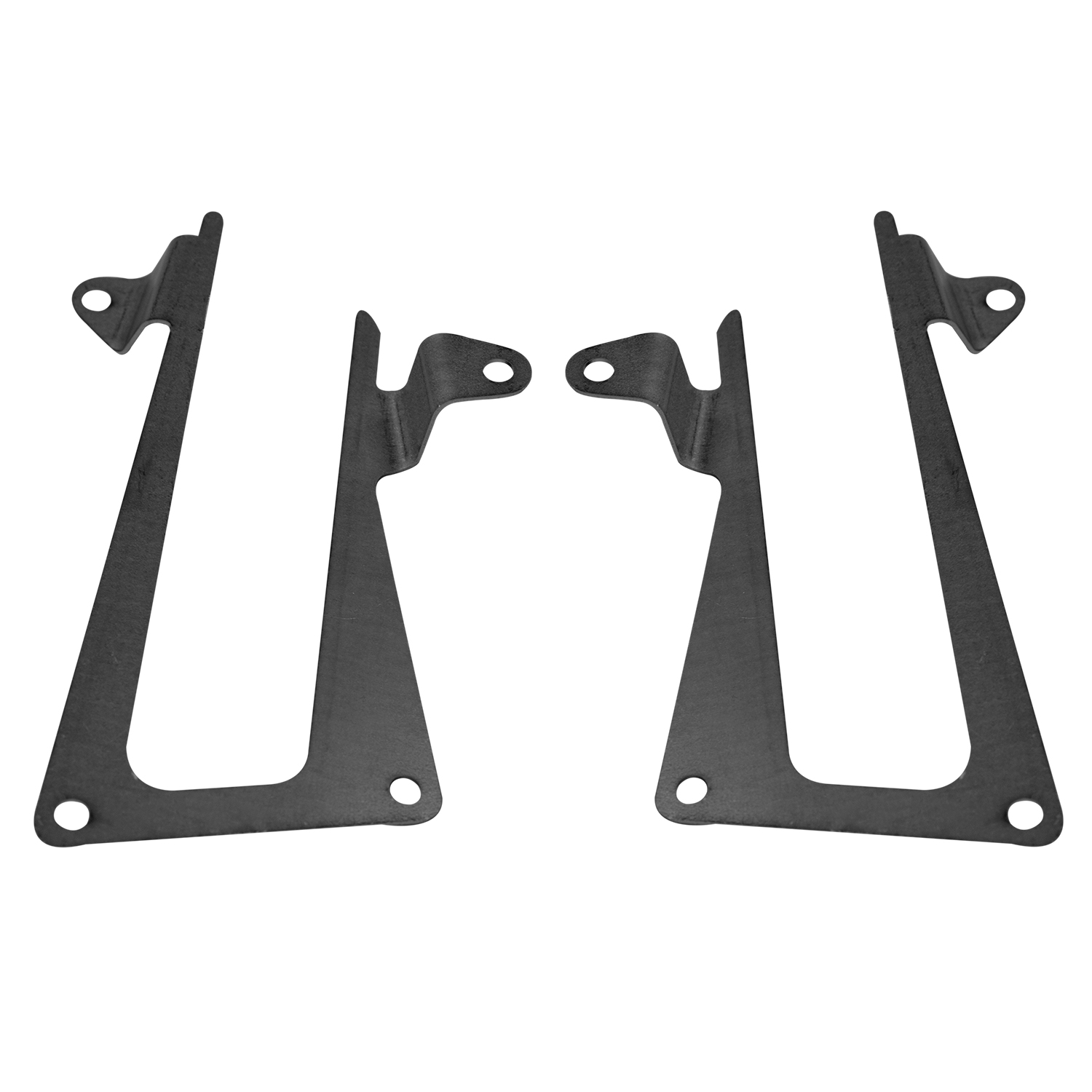 1972 Dodge Charger Quarter pillar-post end seals-ALP 7013Quarter pillar-post end seals. Fits '71-'72 Dodge B-body 2-door hardtop models.
1972 Dodge Charger Quarter pillar-post end seals-ALP 7013Quarter pillar-post end seals. Fits '71-'72 Dodge B-body 2-door hardtop models. 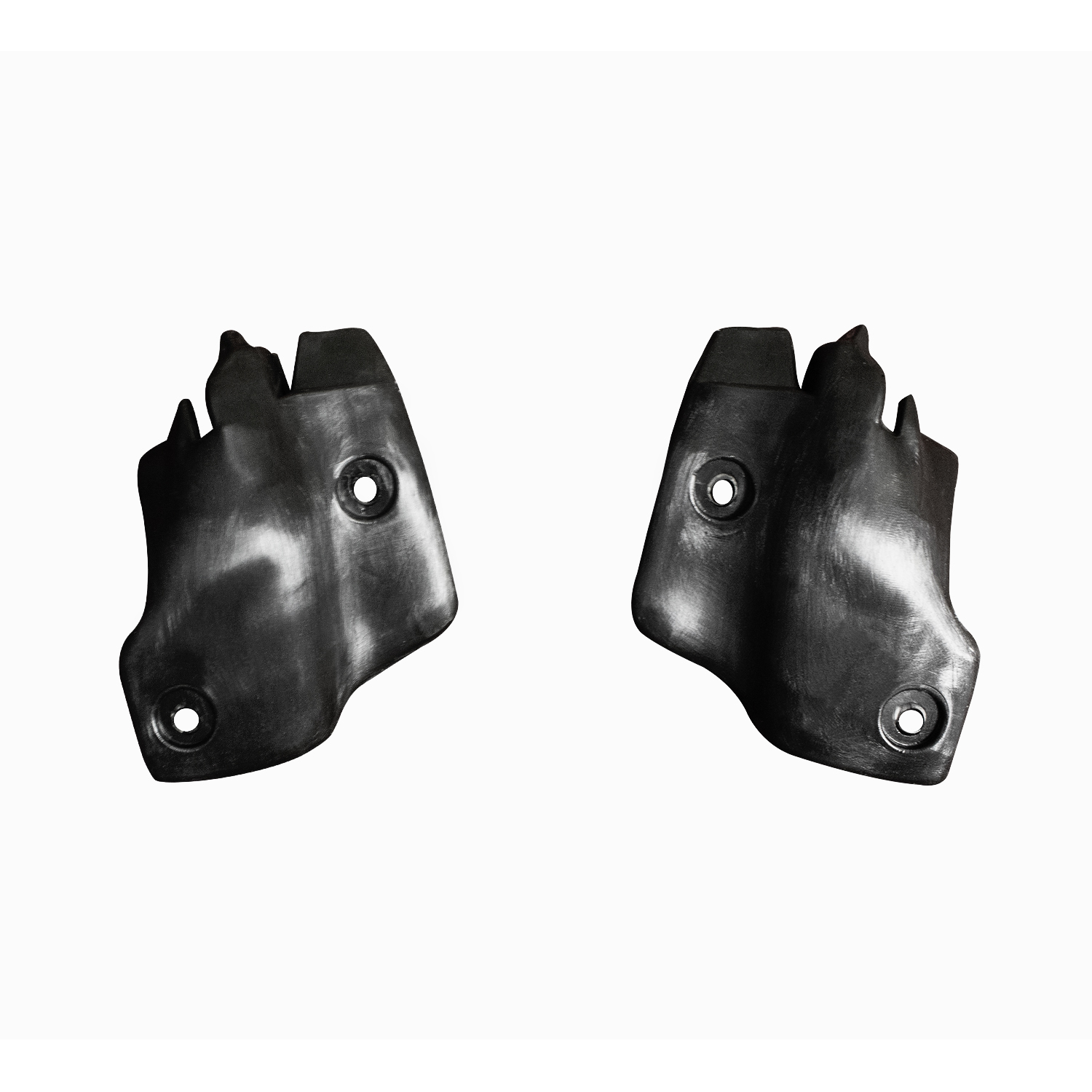 1972 Dodge Charger Upper Hinge Pillar Seals-ALP 7014Upper Hinge Pillar Seals. Fits '71-'74 Mopar B-body 2-door hardtop and coupe.
1972 Dodge Charger Upper Hinge Pillar Seals-ALP 7014Upper Hinge Pillar Seals. Fits '71-'74 Mopar B-body 2-door hardtop and coupe.  1972 Dodge Charger Door end-cap filler seals-ALP 7016Door end-cap filler seals. Fits '71-'72 Dodge B-body 2-door hardtop and coupe models. Made of durable EPDM rubber, formulated to protect against the elements.
1972 Dodge Charger Door end-cap filler seals-ALP 7016Door end-cap filler seals. Fits '71-'72 Dodge B-body 2-door hardtop and coupe models. Made of durable EPDM rubber, formulated to protect against the elements. 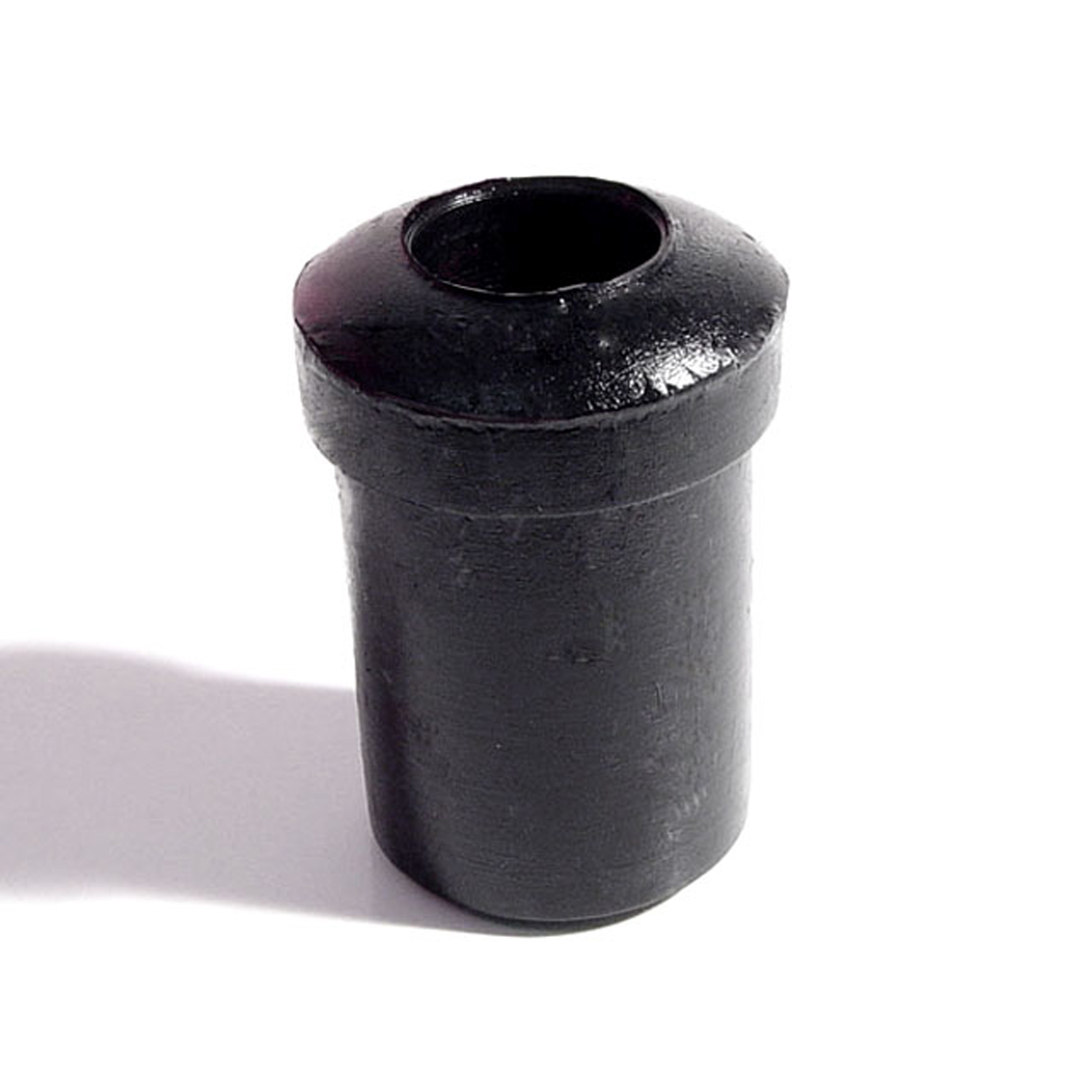 1972 Dodge Charger Spring and Shackle Bushing. 1" bottom O.D-BN 20Spring and Shackle Bushing. 1" bottom O.D. X 1-5/8" high, with 9/16" I.D. Each
1972 Dodge Charger Spring and Shackle Bushing. 1" bottom O.D-BN 20Spring and Shackle Bushing. 1" bottom O.D. X 1-5/8" high, with 9/16" I.D. Each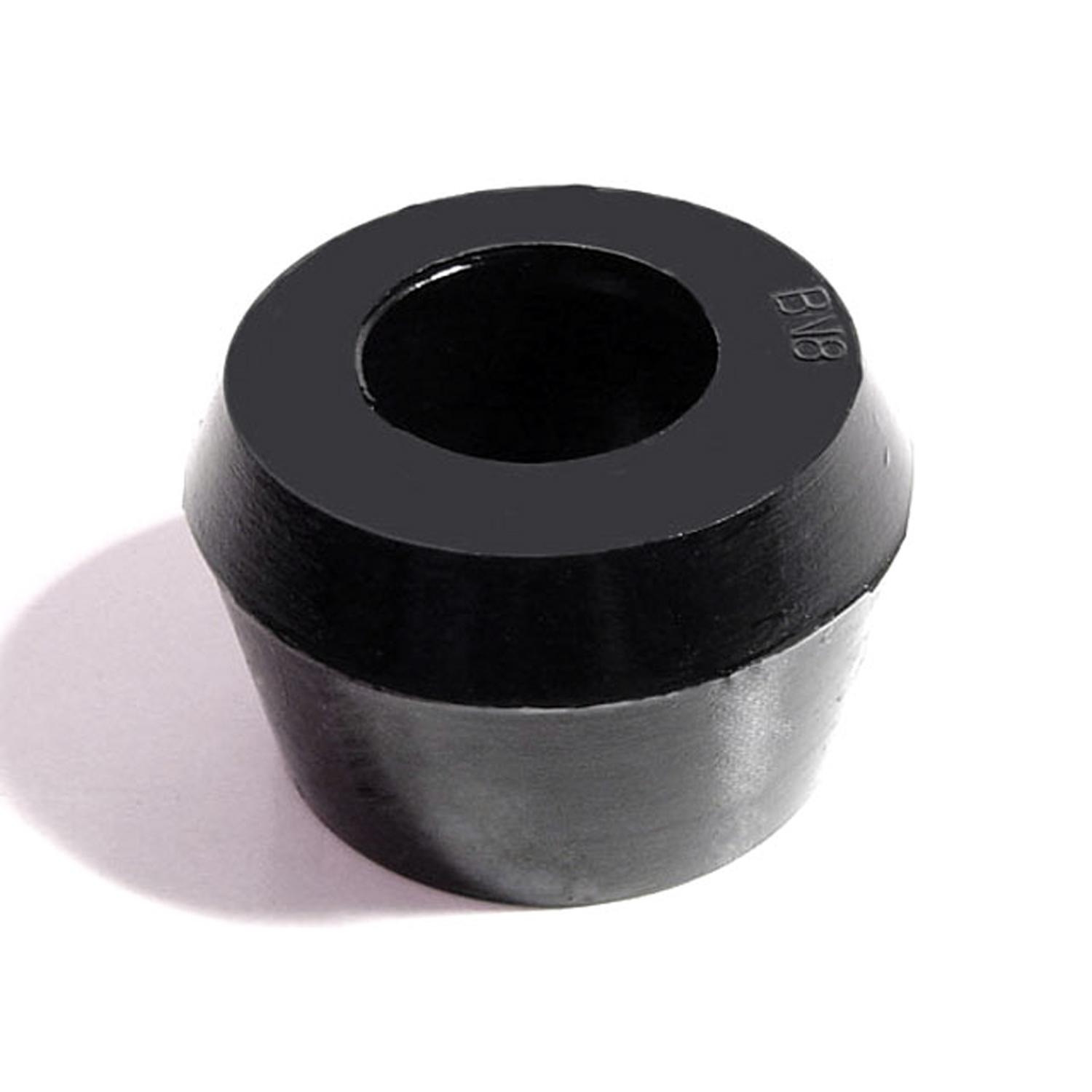 1972 Dodge Charger Shock Absorber Grommet. 1-1/4" bottom O.D-BN 8Shock Absorber Grommet. 1-1/4" bottom O.D., 1" high, with 3/4" I.D. Each
1972 Dodge Charger Shock Absorber Grommet. 1-1/4" bottom O.D-BN 8Shock Absorber Grommet. 1-1/4" bottom O.D., 1" high, with 3/4" I.D. Each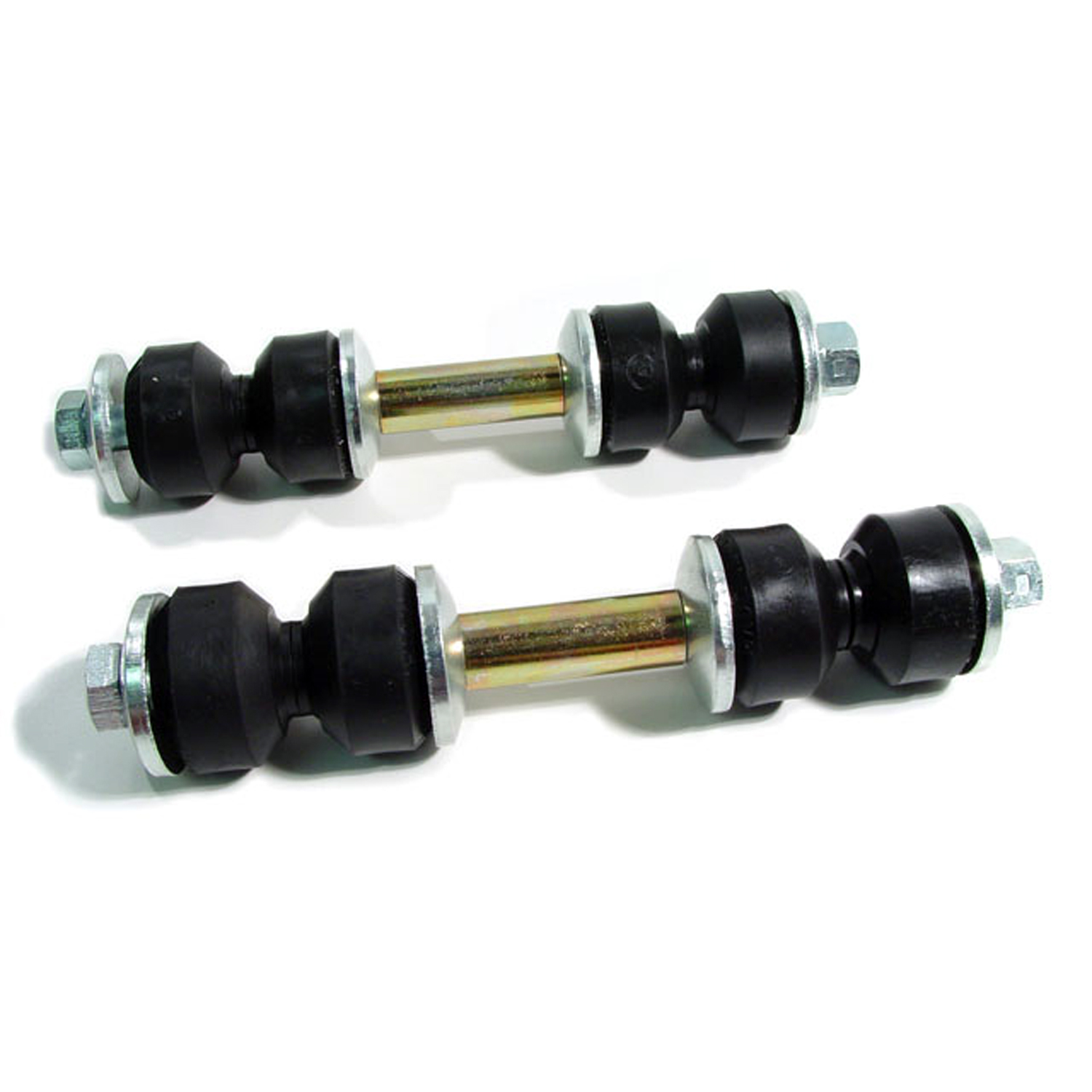 1972 Dodge Charger Front Stabilizer End Repair Kit-BNK 22Front Stabilizer End Repair Kit. 22-piece set for two stabilizer bars. Contains all rubber bushings, washers, bolts and nuts, enough for one front end. Set
1972 Dodge Charger Front Stabilizer End Repair Kit-BNK 22Front Stabilizer End Repair Kit. 22-piece set for two stabilizer bars. Contains all rubber bushings, washers, bolts and nuts, enough for one front end. Set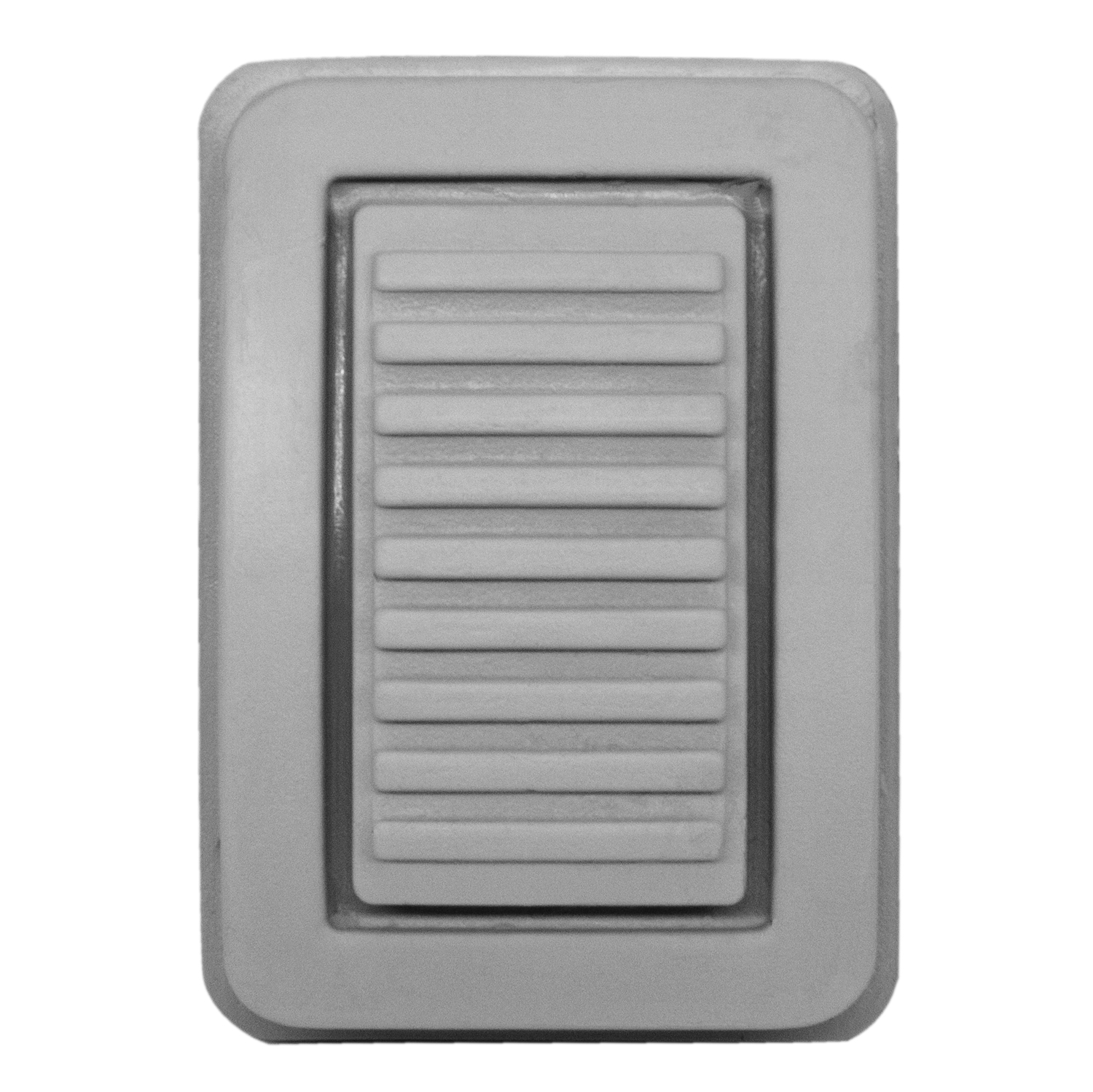 1972 Dodge Charger Park Brake Pedal Pad, Black-CB 200-CPark Brake Pedal Pad, Black. Your stainless steel bezel fits over this new pad. 1-5/8" wide X 2-5/16" long. Each
1972 Dodge Charger Park Brake Pedal Pad, Black-CB 200-CPark Brake Pedal Pad, Black. Your stainless steel bezel fits over this new pad. 1-5/8" wide X 2-5/16" long. Each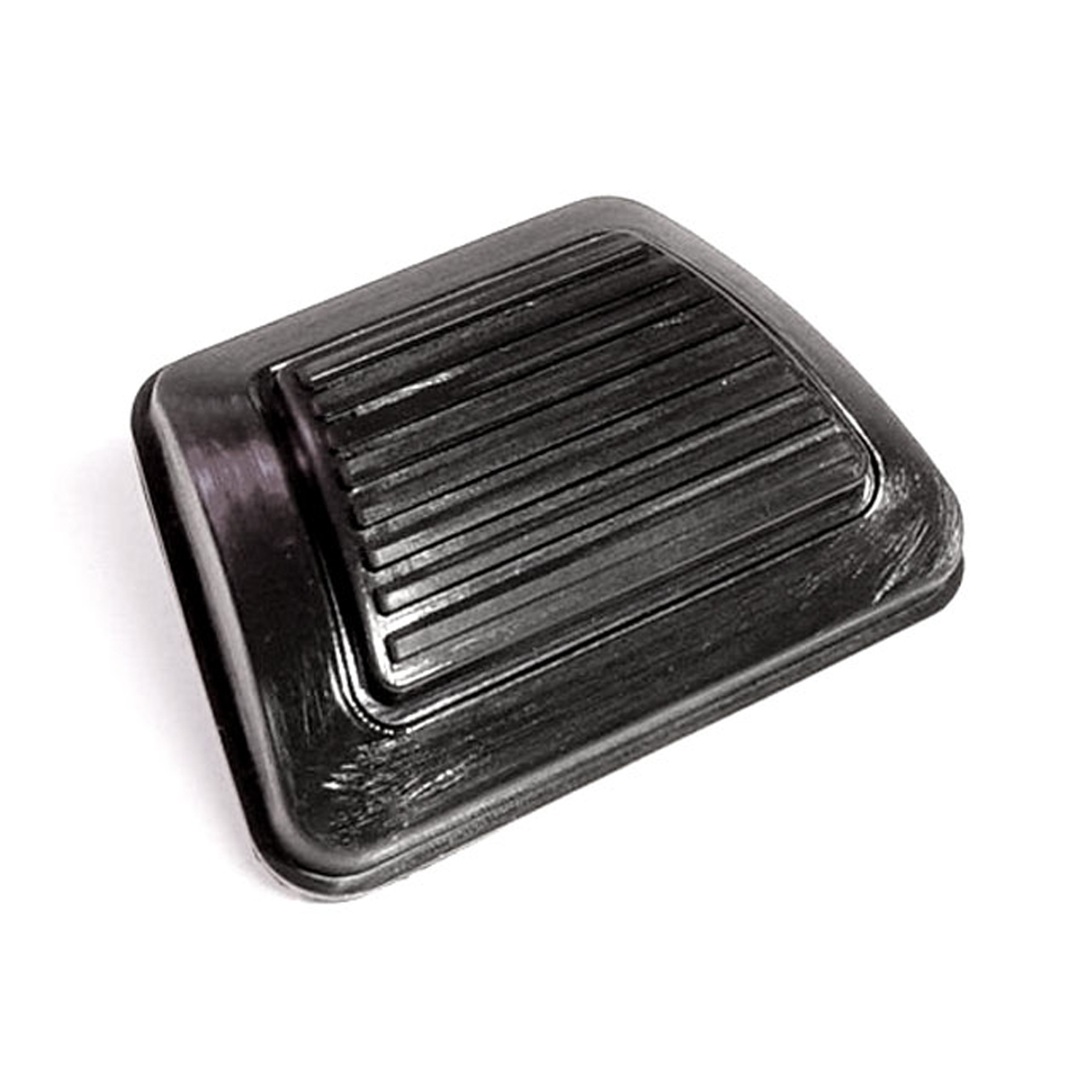 1972 Dodge Charger Clutch and Brake Pedal Pad. 2-1/4" X 2-3/8" X 3-1/4"-CB 201Clutch and Brake Pedal Pad. 2-1/4" X 2-3/8" X 3-1/4". Each
1972 Dodge Charger Clutch and Brake Pedal Pad. 2-1/4" X 2-3/8" X 3-1/4"-CB 201Clutch and Brake Pedal Pad. 2-1/4" X 2-3/8" X 3-1/4". Each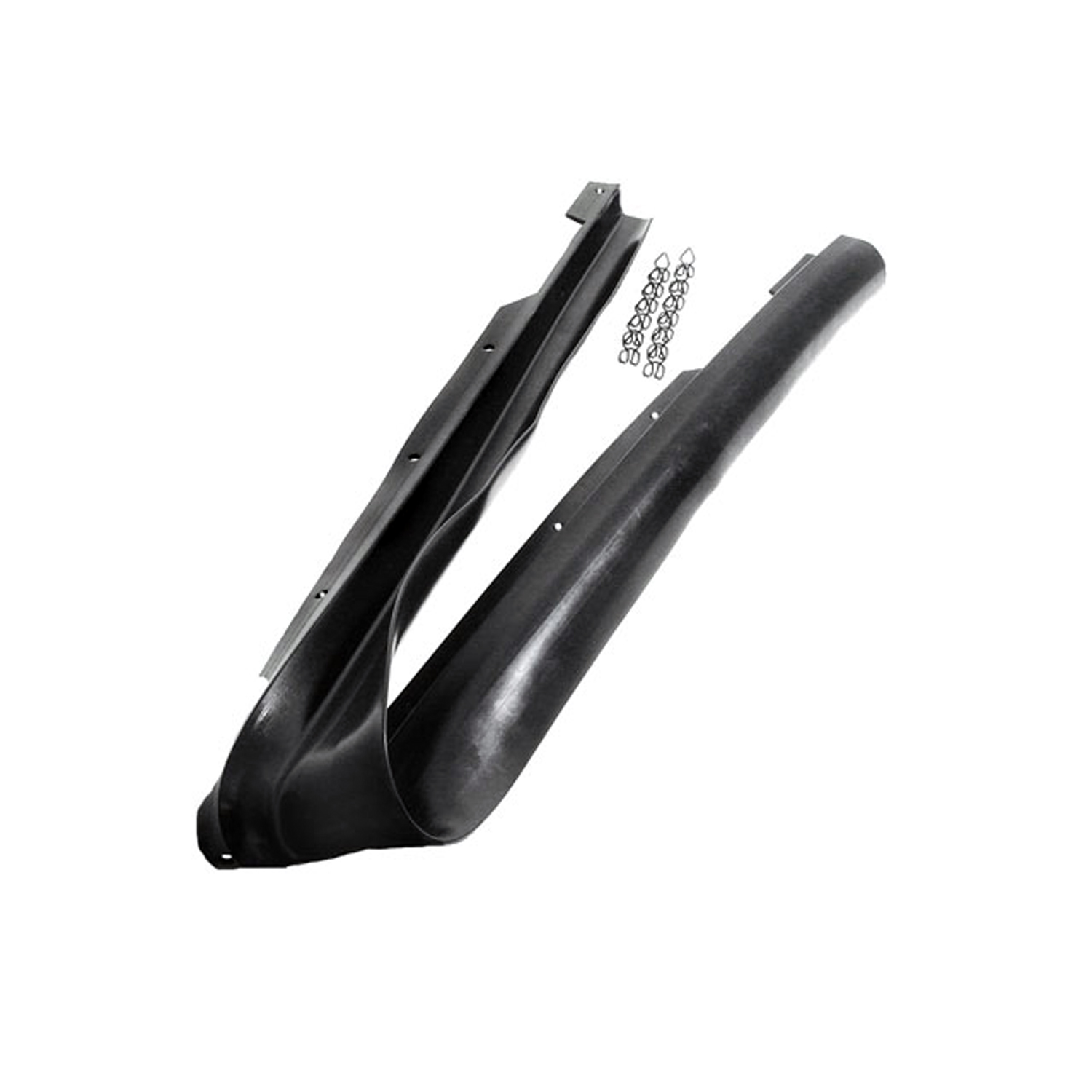 1972 Dodge Charger Hood to Radiator Seal. Each-CS 20-GHood to Radiator Seal. Each
1972 Dodge Charger Hood to Radiator Seal. Each-CS 20-GHood to Radiator Seal. Each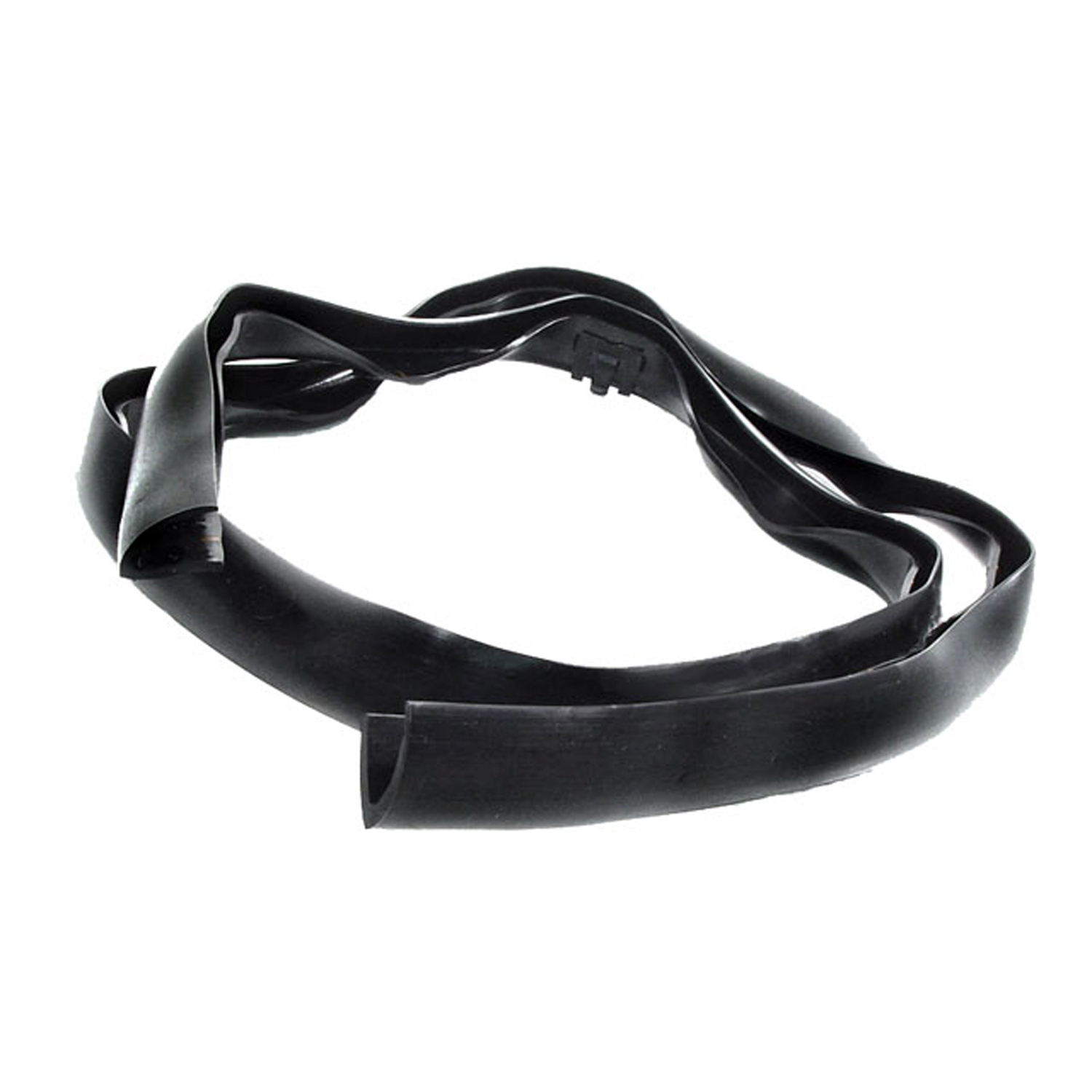 1972 Dodge Charger Hood to Cowl Seal, 48" Long. Each-CS 20-YHood to Cowl Seal, 48" Long. Each
1972 Dodge Charger Hood to Cowl Seal, 48" Long. Each-CS 20-YHood to Cowl Seal, 48" Long. Each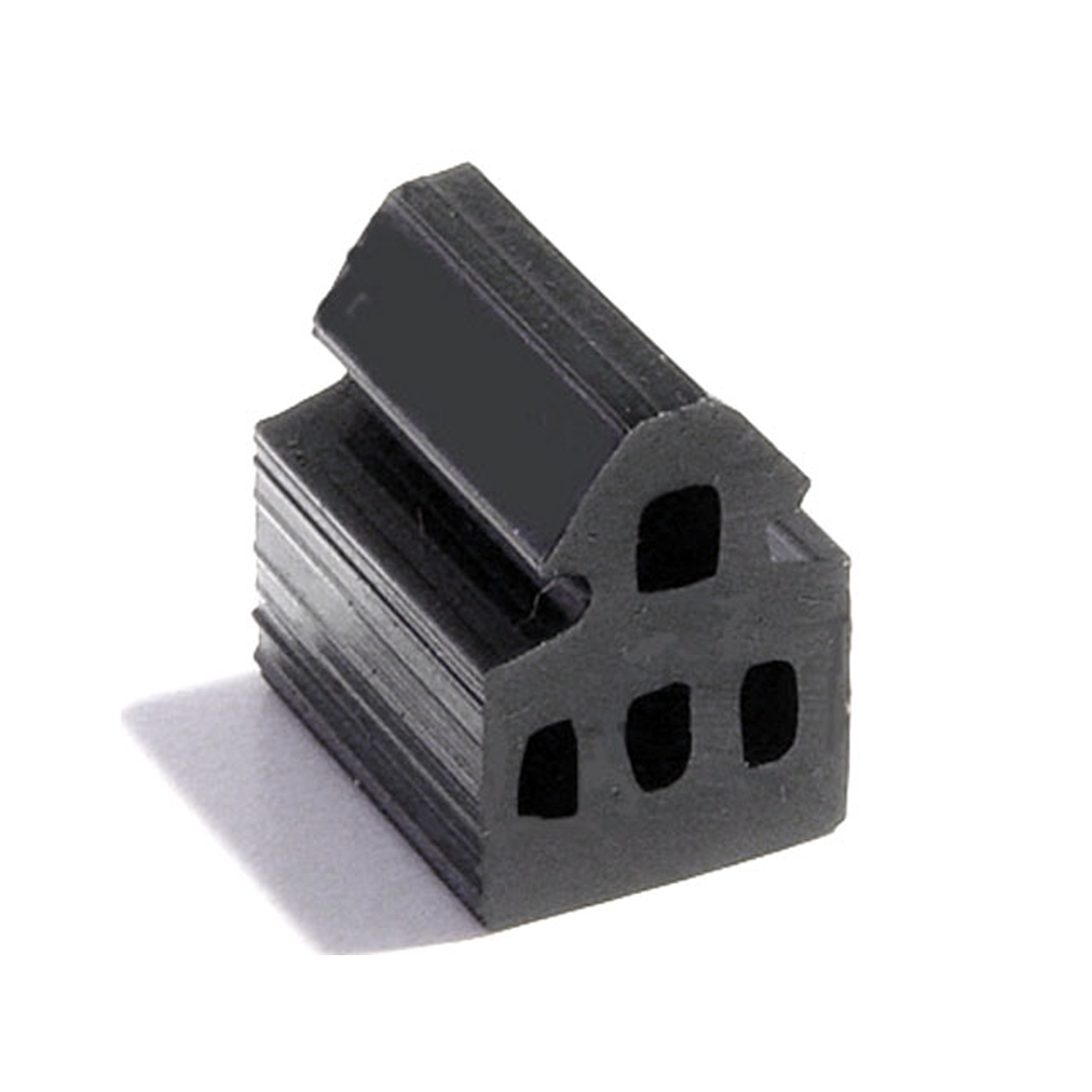 1972 Dodge Charger Door Bumper. 5/8" wide, made from extrusion. Each-DB 52Door Bumper. 5/8" wide, made from extrusion. Each
1972 Dodge Charger Door Bumper. 5/8" wide, made from extrusion. Each-DB 52Door Bumper. 5/8" wide, made from extrusion. Each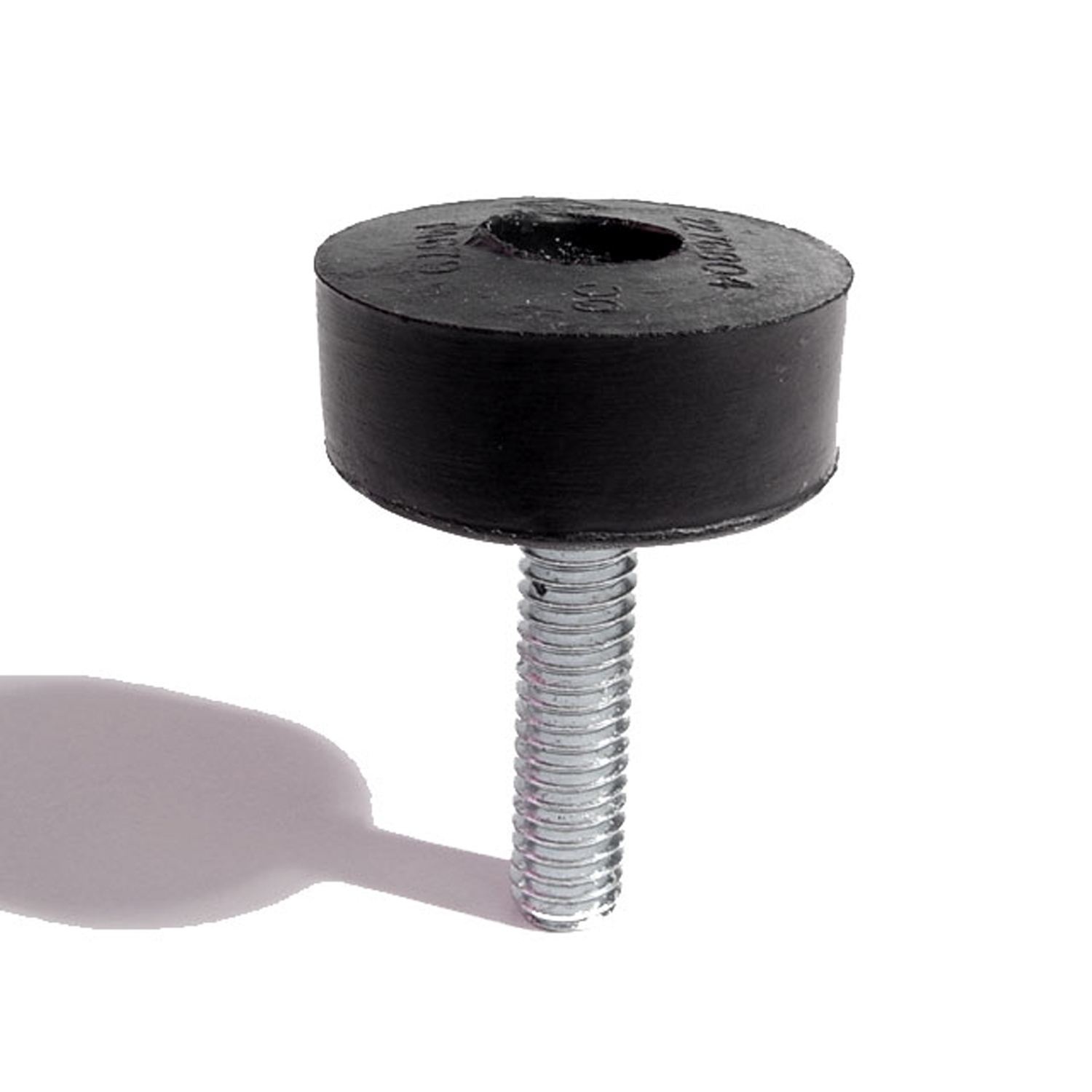 1972 Dodge Charger Hood Adjustment Bolt and Bumper-HA 8Hood Adjustment Bolt and Bumper. 1-3/16" diameter rubber head. 5/16" thick X 18 threads/inch X 1-1/4" long bolt. Each
1972 Dodge Charger Hood Adjustment Bolt and Bumper-HA 8Hood Adjustment Bolt and Bumper. 1-3/16" diameter rubber head. 5/16" thick X 18 threads/inch X 1-1/4" long bolt. Each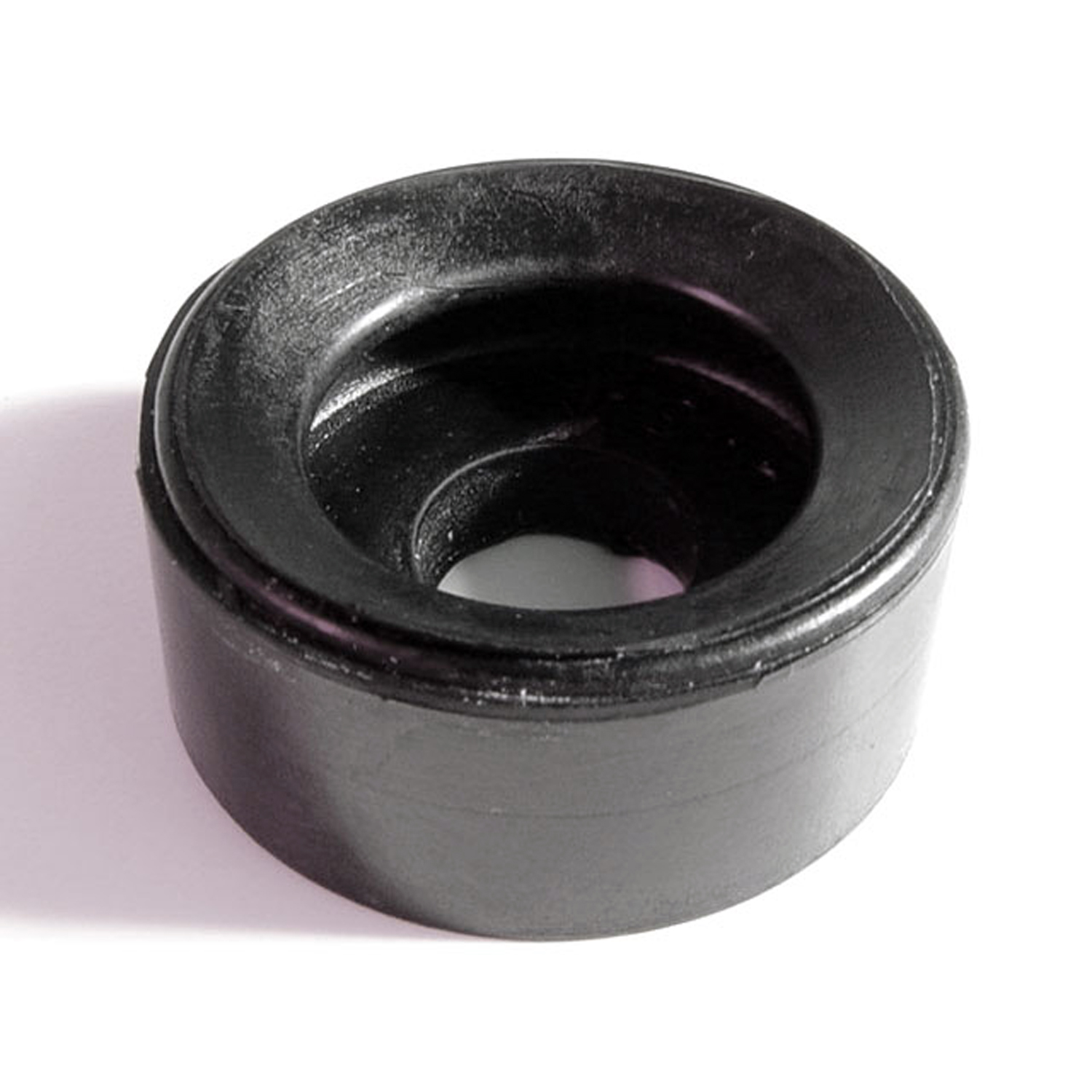 1972 Dodge Charger Hood Adjustment Bumper. 1-1/4" O.D-HA 8-AHood Adjustment Bumper. 1-1/4" O.D., 3/4" large hole, 7/16" small hole, 1/2" thick. Each
1972 Dodge Charger Hood Adjustment Bumper. 1-1/4" O.D-HA 8-AHood Adjustment Bumper. 1-1/4" O.D., 3/4" large hole, 7/16" small hole, 1/2" thick. Each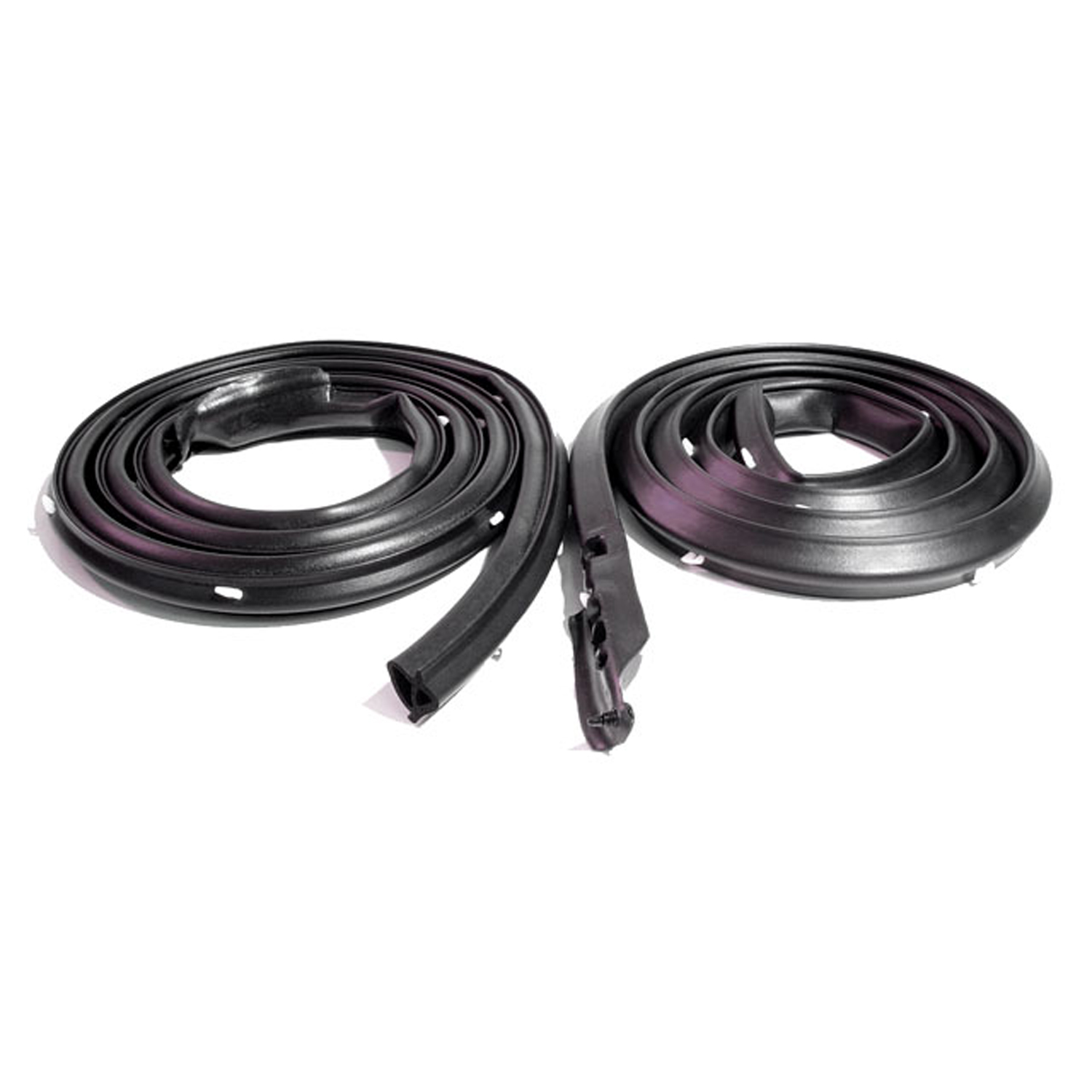 1972 Dodge Charger Molded Door Seals with Clips. For 2-Door Hardtop Only-LM 23-DMolded Door Seals with Clips. For 2-Door Hardtop Only. Pair R&L
1972 Dodge Charger Molded Door Seals with Clips. For 2-Door Hardtop Only-LM 23-DMolded Door Seals with Clips. For 2-Door Hardtop Only. Pair R&L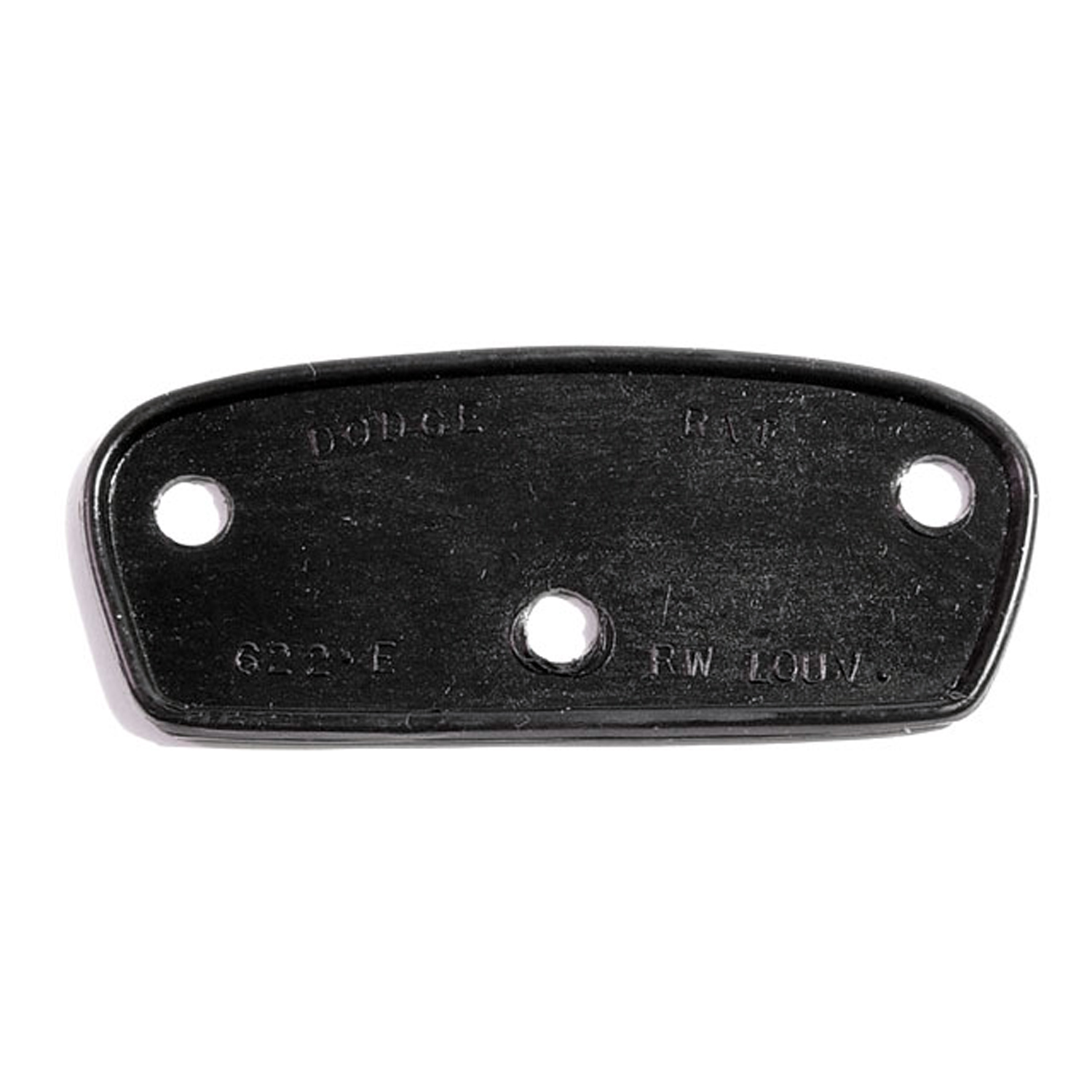 1972 Dodge Charger Rear Window Louver Hinge Pad-MP 622-ERear Window Louver Hinge Pad. For 2-door coupe with rear louvers. 3-3/8" wide X 1-1/2" long. Each
1972 Dodge Charger Rear Window Louver Hinge Pad-MP 622-ERear Window Louver Hinge Pad. For 2-door coupe with rear louvers. 3-3/8" wide X 1-1/2" long. Each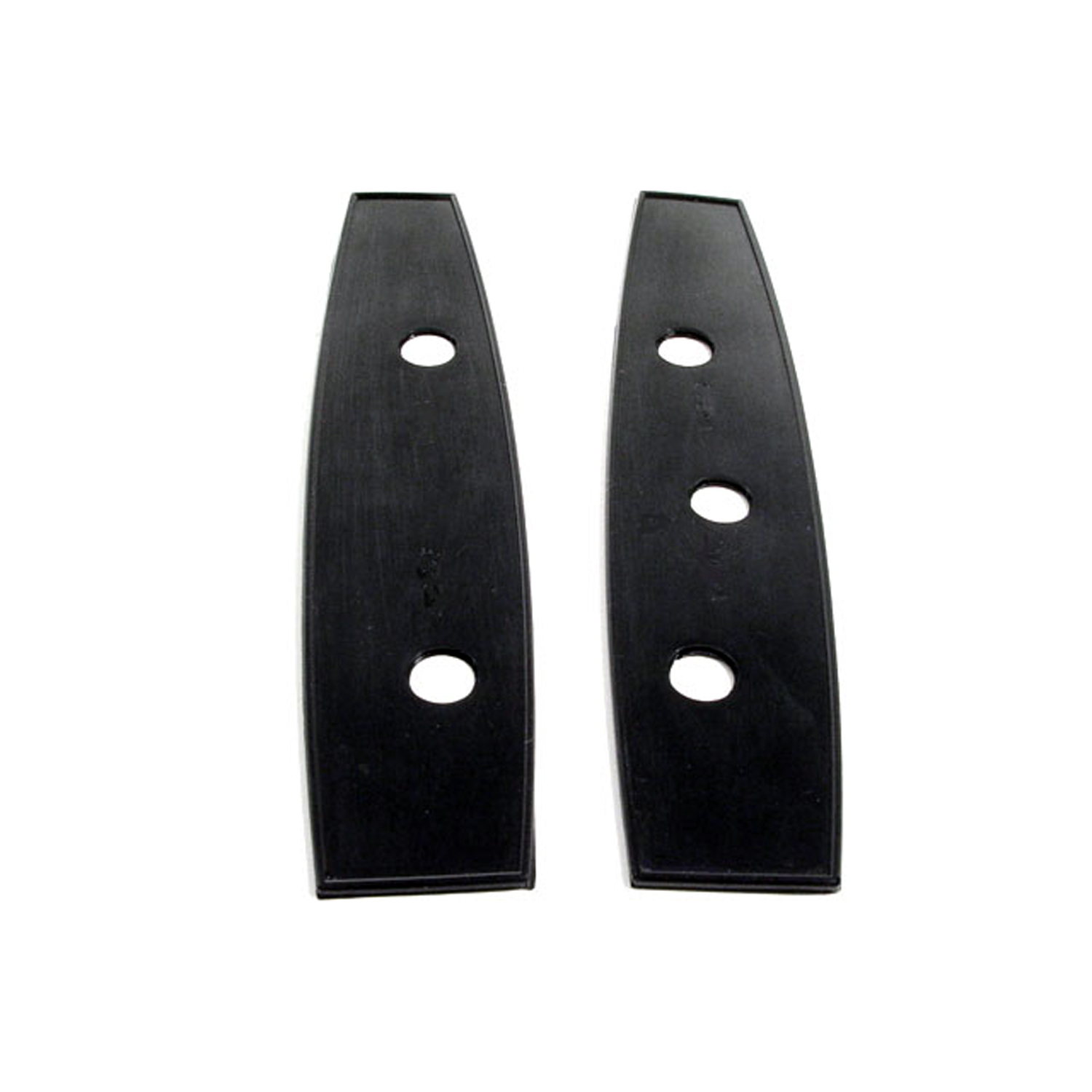 1972 Dodge Charger Mirror Mounting Pads. Left side + remote (3-holes)-MP 622-FMirror Mounting Pads. Left side + remote (3-holes). 6-9/16" long X 1-7/16" wide. Pair L&R
1972 Dodge Charger Mirror Mounting Pads. Left side + remote (3-holes)-MP 622-FMirror Mounting Pads. Left side + remote (3-holes). 6-9/16" long X 1-7/16" wide. Pair L&R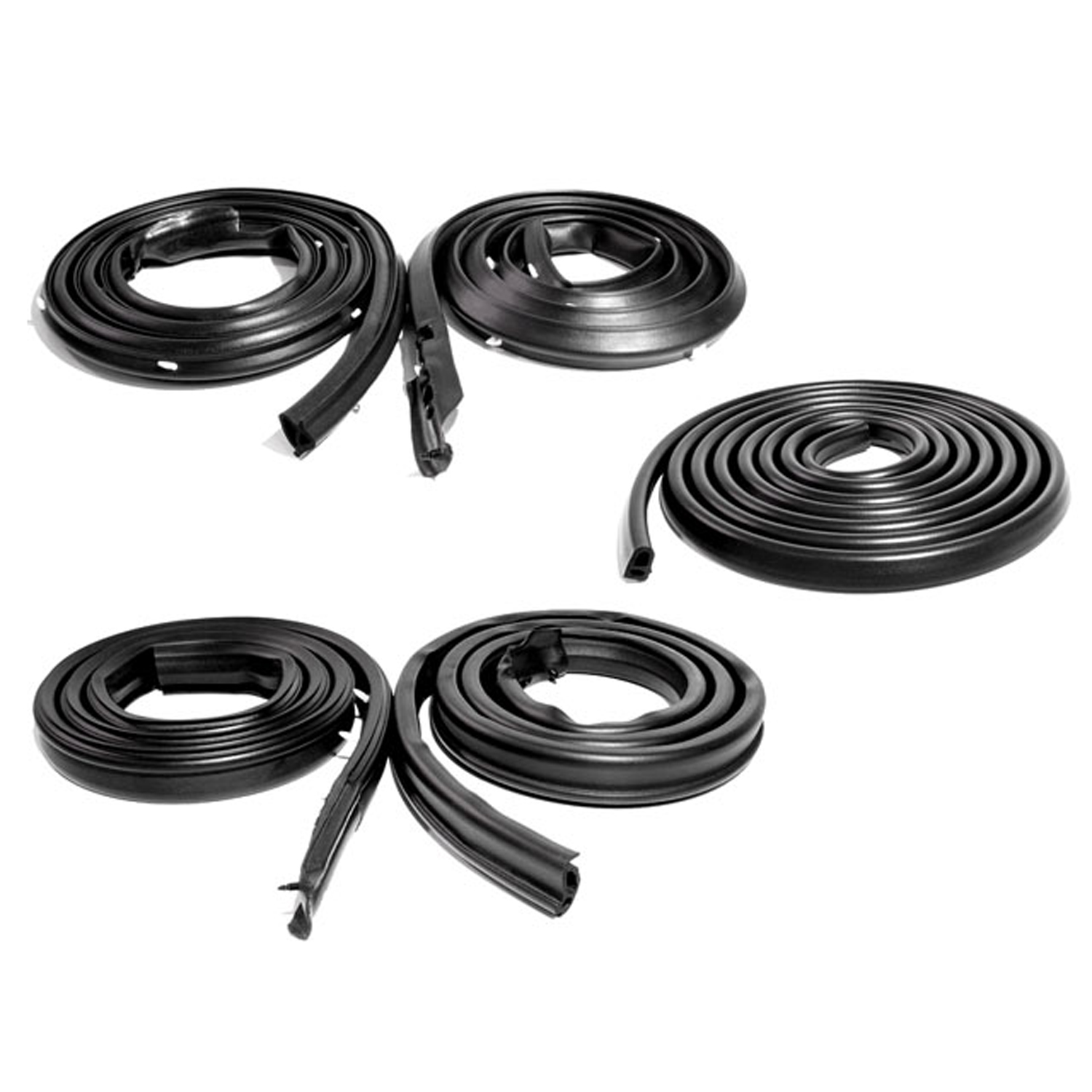 1972 Dodge Charger Basic Kit, for 2-Door Hardtop (not SE)-RKB 4005-106Basic Kit, for 2-Door Hardtop (not SE). Door (LM 23-D) Roof Rail (RR 4002) Trunk (TK 56-B/18), Seals.
1972 Dodge Charger Basic Kit, for 2-Door Hardtop (not SE)-RKB 4005-106Basic Kit, for 2-Door Hardtop (not SE). Door (LM 23-D) Roof Rail (RR 4002) Trunk (TK 56-B/18), Seals.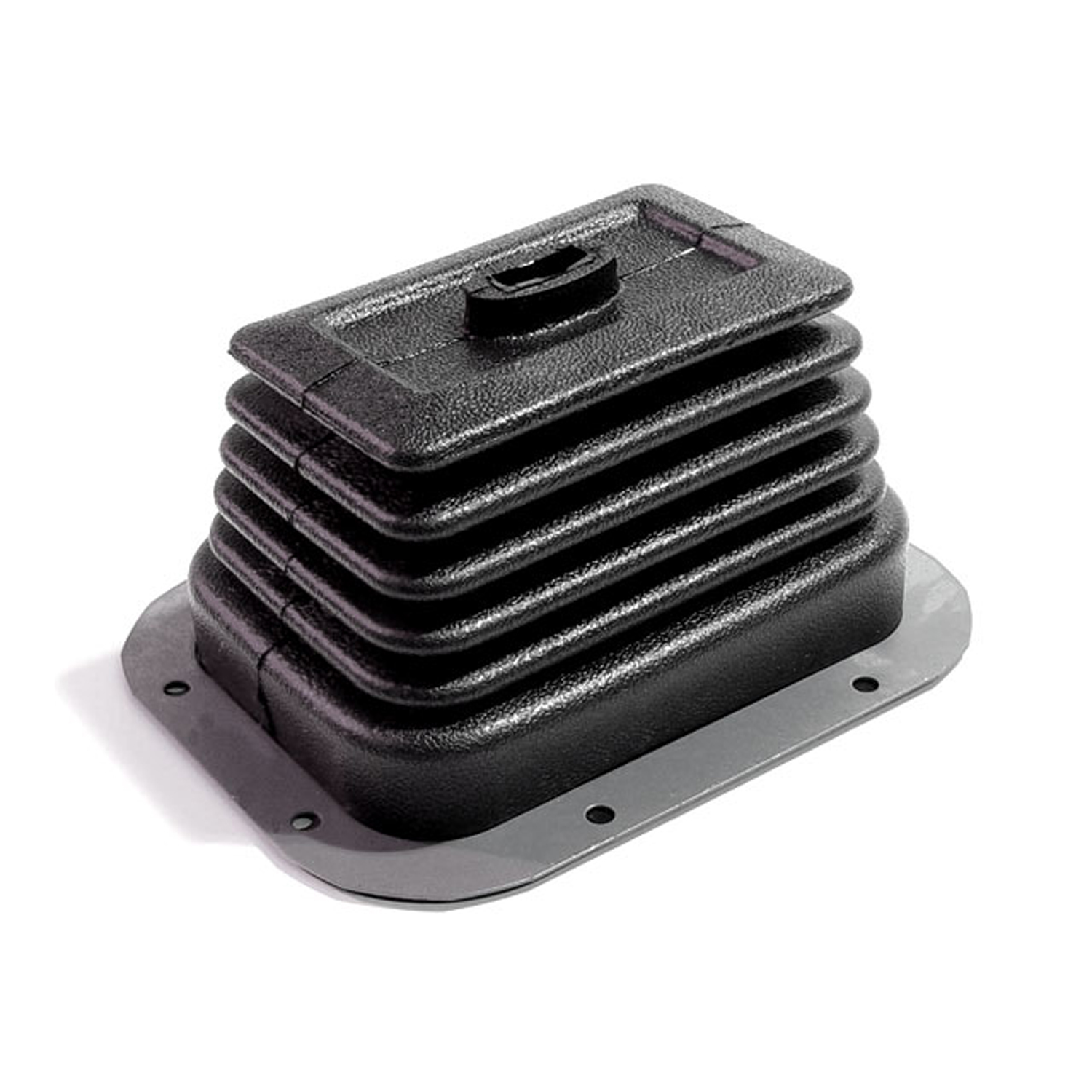 1972 Dodge Charger Shift Boot, for Pistol Grip Shifter-RP 34-MShift Boot, for Pistol Grip Shifter. 7-1/4" X 5-1/4" at base. Each
1972 Dodge Charger Shift Boot, for Pistol Grip Shifter-RP 34-MShift Boot, for Pistol Grip Shifter. 7-1/4" X 5-1/4" at base. Each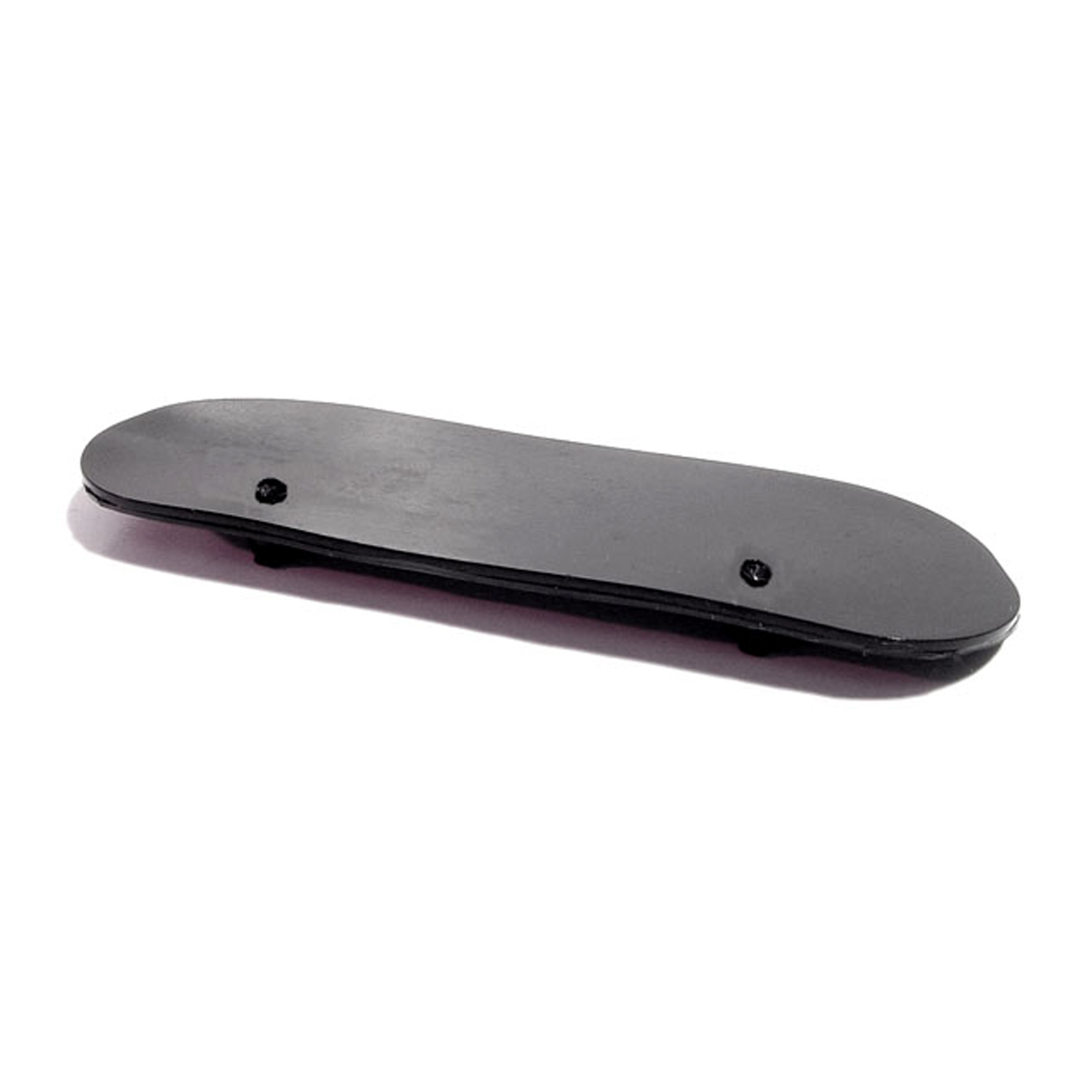 1972 Dodge Charger Drain Flap on Cowl. Each-RP 900-ADrain Flap on Cowl. Each
1972 Dodge Charger Drain Flap on Cowl. Each-RP 900-ADrain Flap on Cowl. Each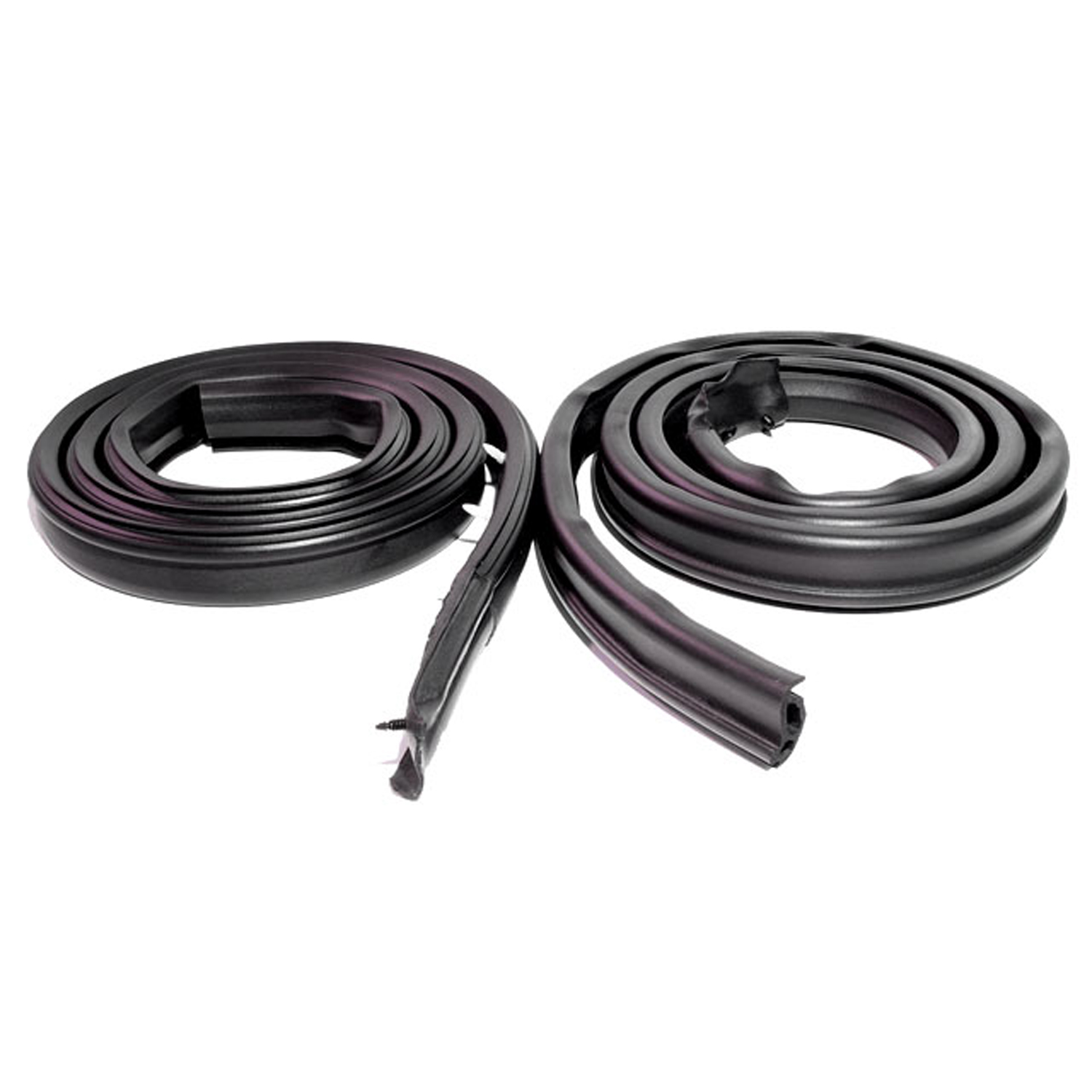 1972 Dodge Charger Molded Roof Rail Seals-RR 4002Molded Roof Rail Seals, for 2-Door Hardtop (does not fit '73-'74 SE). Pair R&L
1972 Dodge Charger Molded Roof Rail Seals-RR 4002Molded Roof Rail Seals, for 2-Door Hardtop (does not fit '73-'74 SE). Pair R&L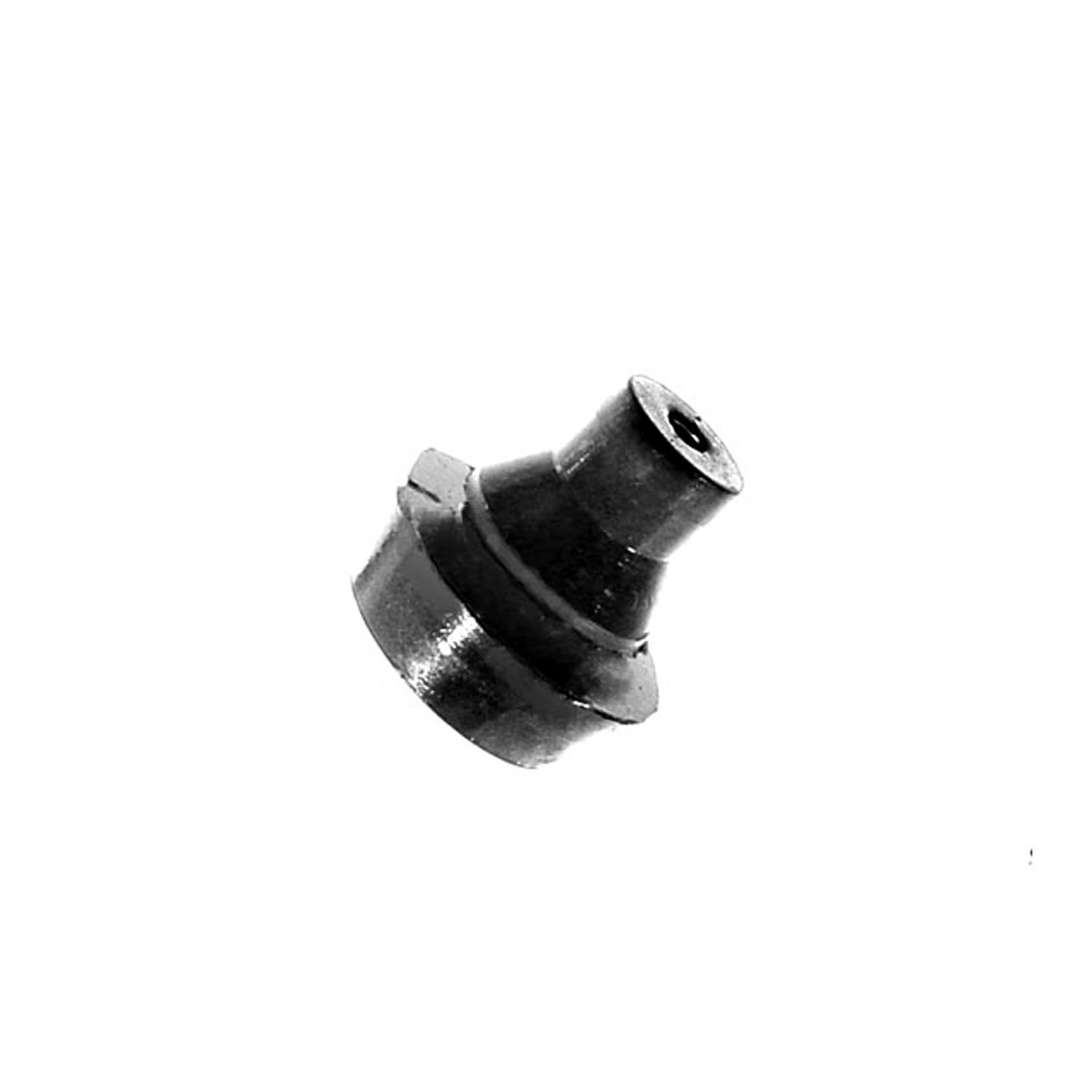 1972 Dodge Charger License Plate Bumper. Replaces OEM #2094618-SB 123License Plate Bumper. Replaces OEM #2094618. 5/8" high, 5/8" O.D. Each
1972 Dodge Charger License Plate Bumper. Replaces OEM #2094618-SB 123License Plate Bumper. Replaces OEM #2094618. 5/8" high, 5/8" O.D. Each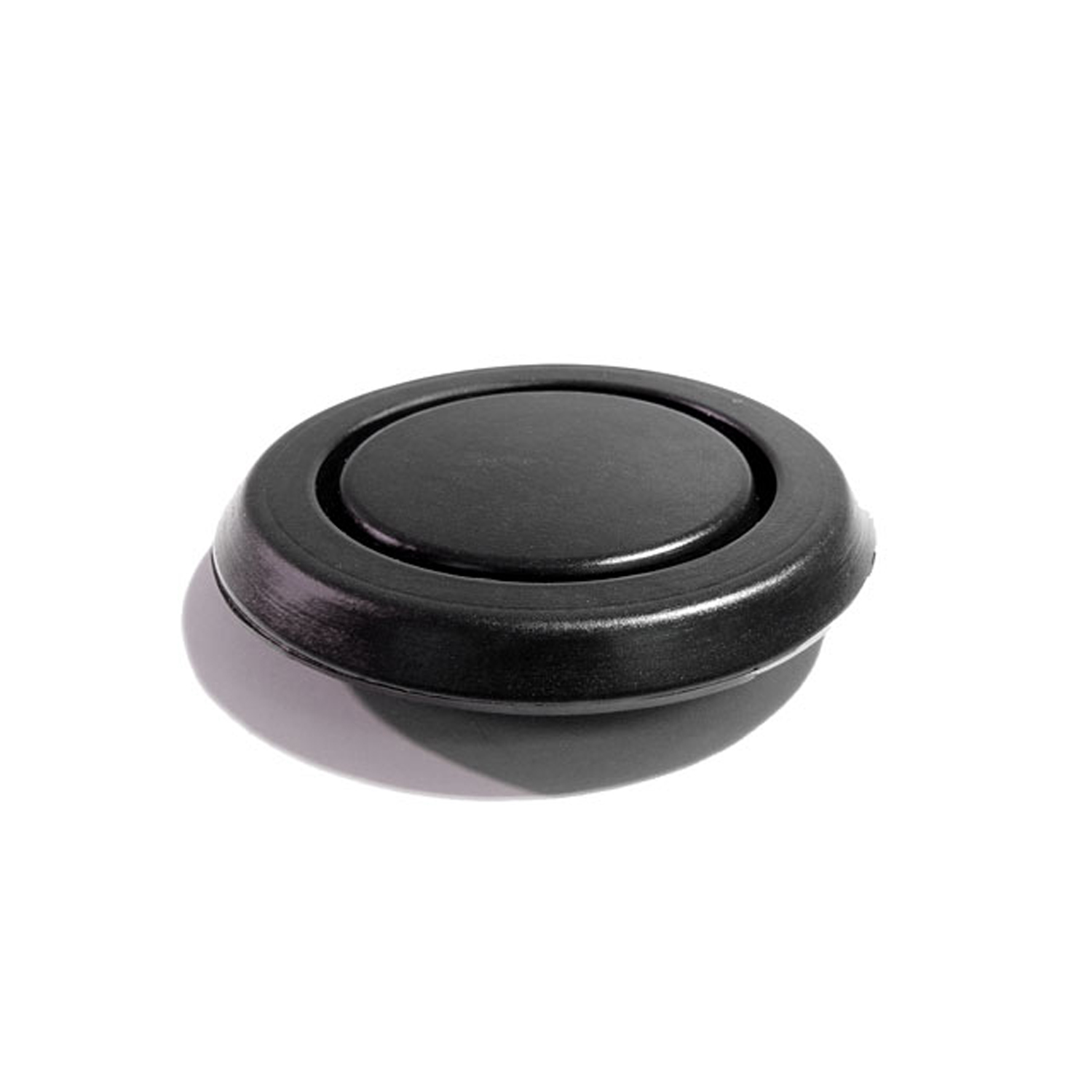 1972 Dodge Charger Trunk Floor Plug. 2-1/8" O.D. Fits 1-3/4" hole-SB 127Trunk Floor Plug. 2-1/8" O.D. Fits 1-3/4" hole. Replaces OEM #2189375. Each
1972 Dodge Charger Trunk Floor Plug. 2-1/8" O.D. Fits 1-3/4" hole-SB 127Trunk Floor Plug. 2-1/8" O.D. Fits 1-3/4" hole. Replaces OEM #2189375. Each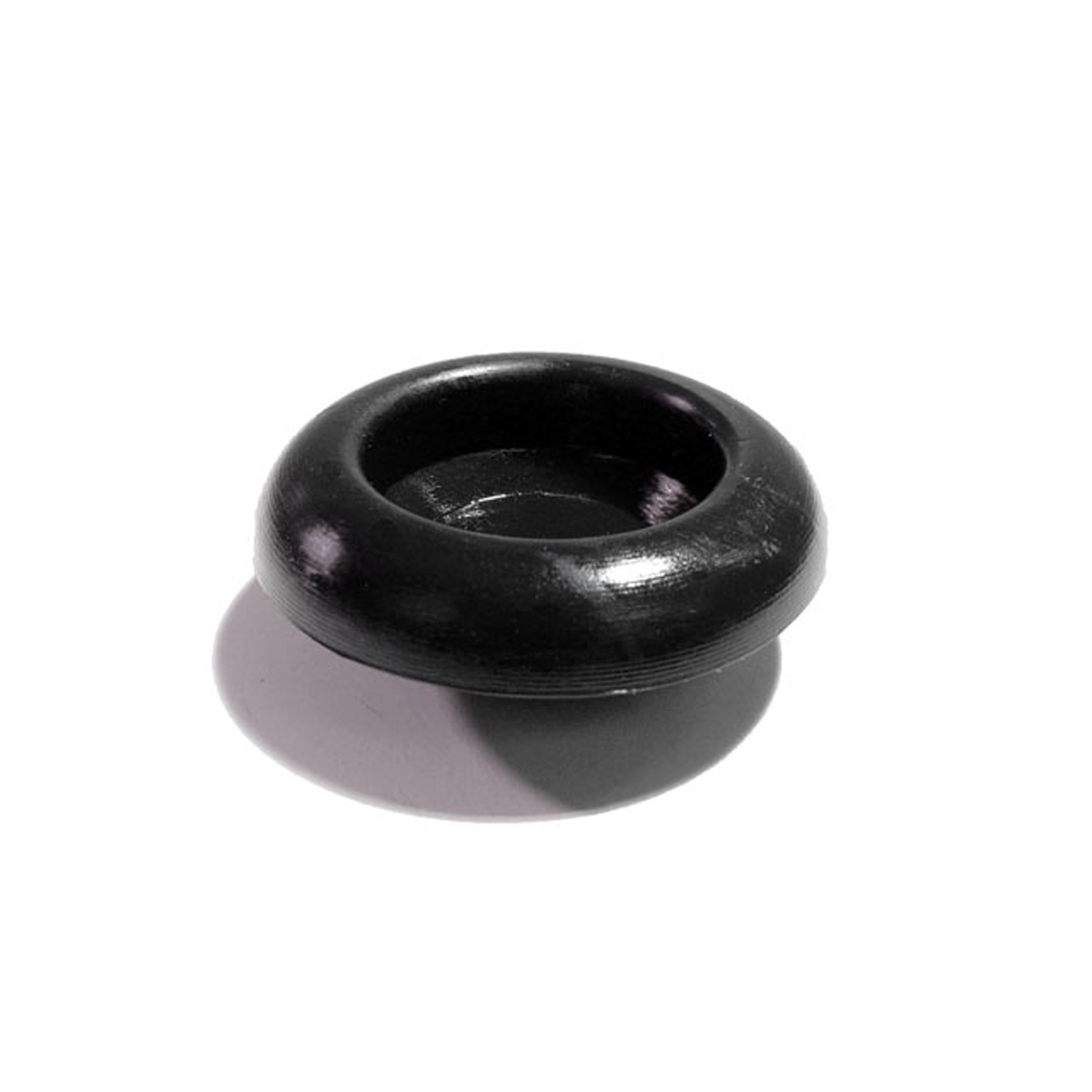 1972 Dodge Charger Trunk and Body Plug. Fits 1-1/8" hole. Each-SB 127-DTrunk and Body Plug. Fits 1-1/8" hole. Each
1972 Dodge Charger Trunk and Body Plug. Fits 1-1/8" hole. Each-SB 127-DTrunk and Body Plug. Fits 1-1/8" hole. Each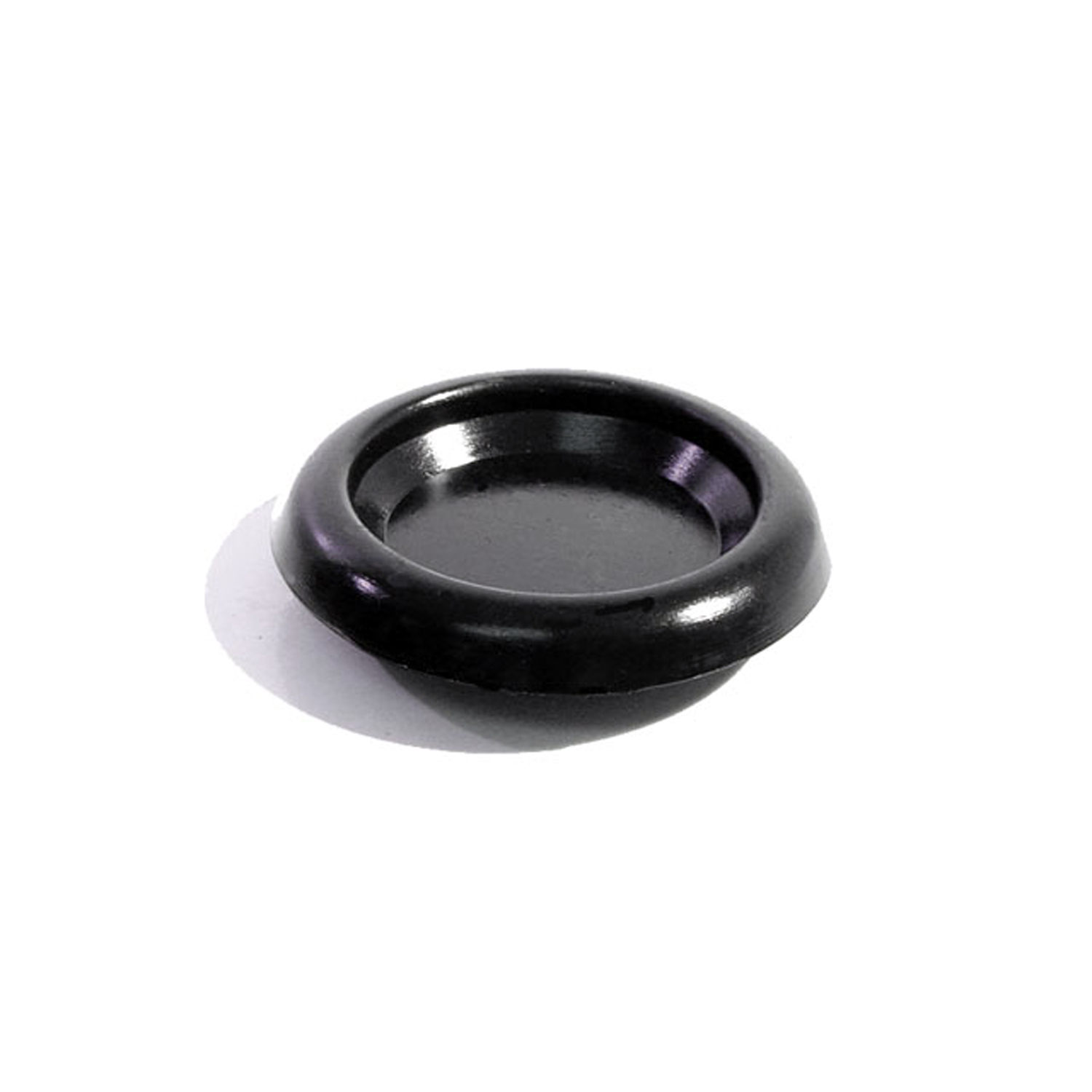 1972 Dodge Charger Trunk and Body Plug. Fits 1-15/16" hole. Each-SB 127-ETrunk and Body Plug. Fits 1-15/16" hole. Each
1972 Dodge Charger Trunk and Body Plug. Fits 1-15/16" hole. Each-SB 127-ETrunk and Body Plug. Fits 1-15/16" hole. Each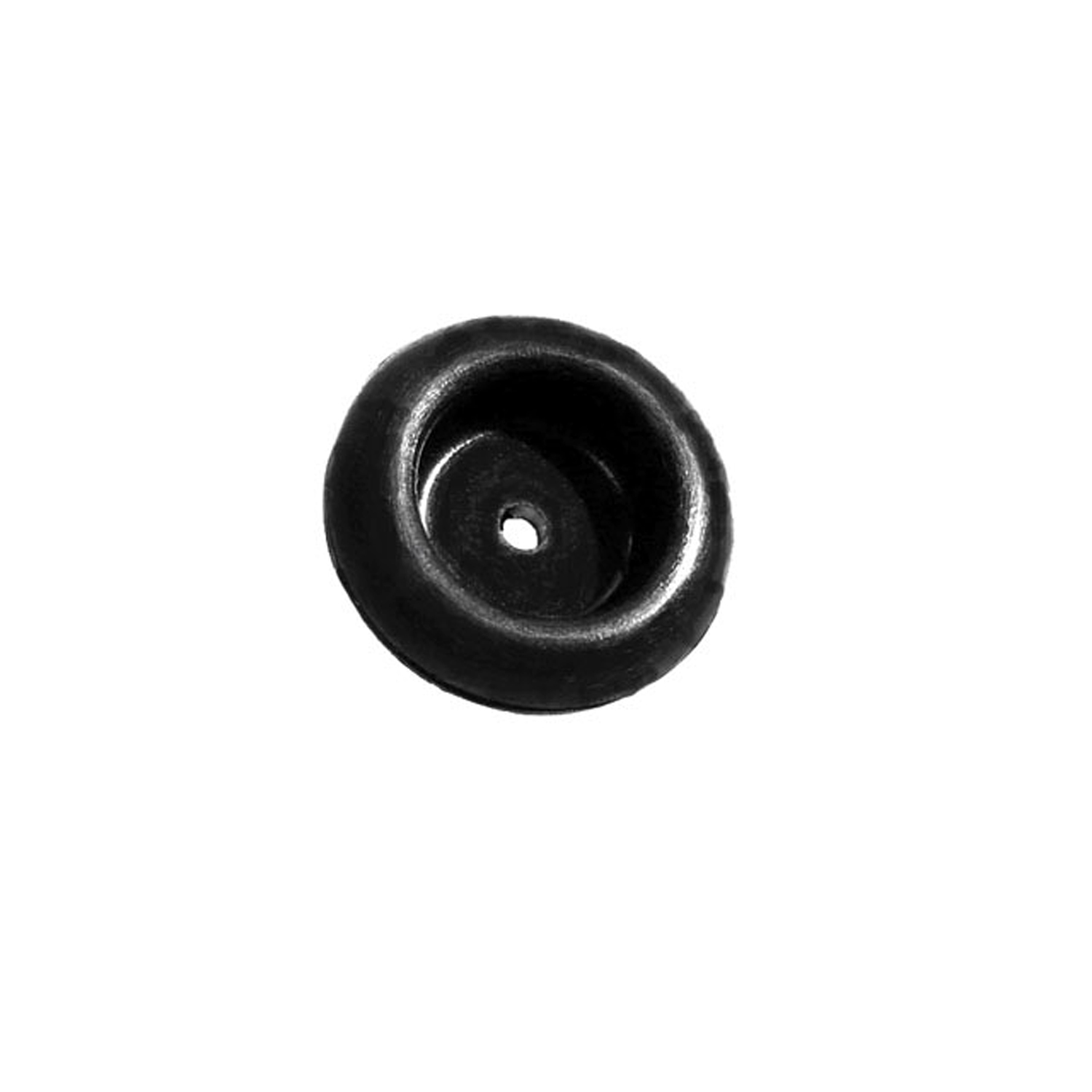 1972 Dodge Charger Floor Panel Wire Grommet. Fits 3/4" hole. Each-SM 49Floor Panel Wire Grommet. Fits 3/4" hole. Each
1972 Dodge Charger Floor Panel Wire Grommet. Fits 3/4" hole. Each-SM 49Floor Panel Wire Grommet. Fits 3/4" hole. Each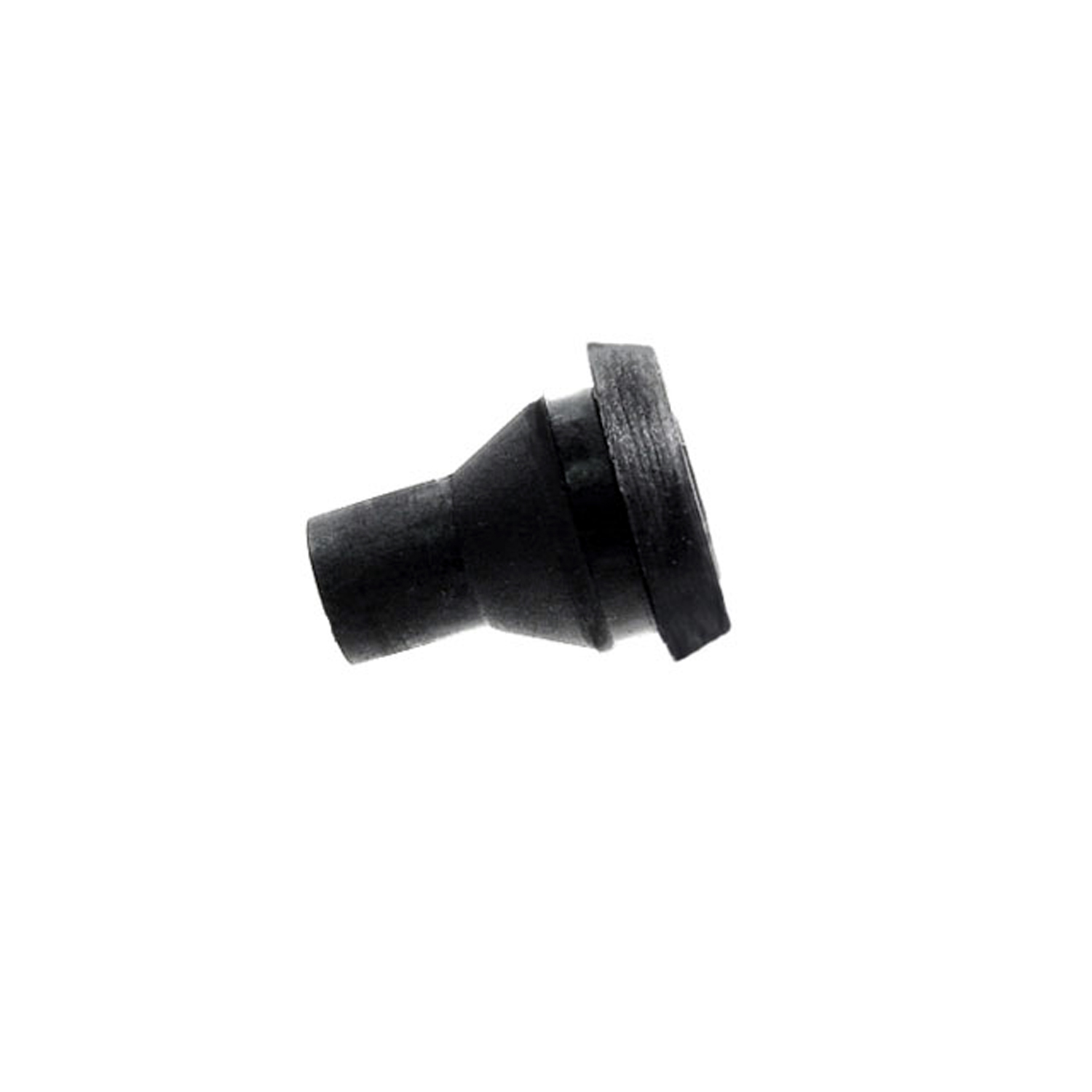 1972 Dodge Charger License Light Wire Grommet. Each-SM 72License Light Wire Grommet. Each
1972 Dodge Charger License Light Wire Grommet. Each-SM 72License Light Wire Grommet. Each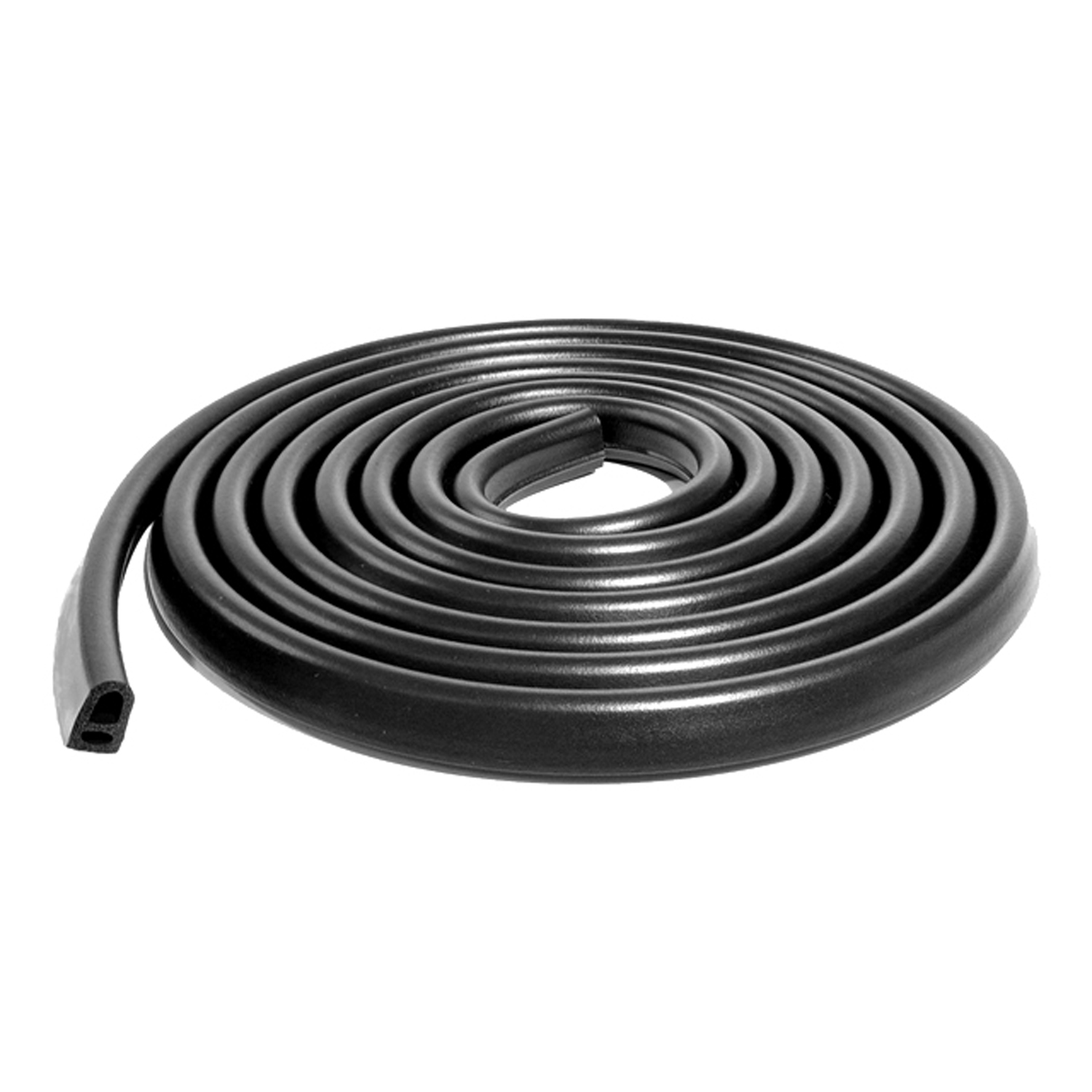 1972 Dodge Charger Trunk seal. 2-door hardtop-TK 56-B/18Trunk seal. 2-door hardtop. '72-'74 Mopar B-body and '73-'76 Mopar A-body. Replaces trunk seals with D-shaped end profile. Each.
1972 Dodge Charger Trunk seal. 2-door hardtop-TK 56-B/18Trunk seal. 2-door hardtop. '72-'74 Mopar B-body and '73-'76 Mopar A-body. Replaces trunk seals with D-shaped end profile. Each. 1972 Dodge Charger Trunk Mat-TM 2714Trunk Mat. High quality reproduction, made specific for vehicle. Print on rubber. Each
1972 Dodge Charger Trunk Mat-TM 2714Trunk Mat. High quality reproduction, made specific for vehicle. Print on rubber. Each 1972 Dodge Charger Nylon Lock Cylinder Gasket. 1-1/4" O.D., 7/8" I.D. Each-UM 2700-104Nylon Lock Cylinder Gasket. 1-1/4" O.D., 7/8" I.D. Each
1972 Dodge Charger Nylon Lock Cylinder Gasket. 1-1/4" O.D., 7/8" I.D. Each-UM 2700-104Nylon Lock Cylinder Gasket. 1-1/4" O.D., 7/8" I.D. Each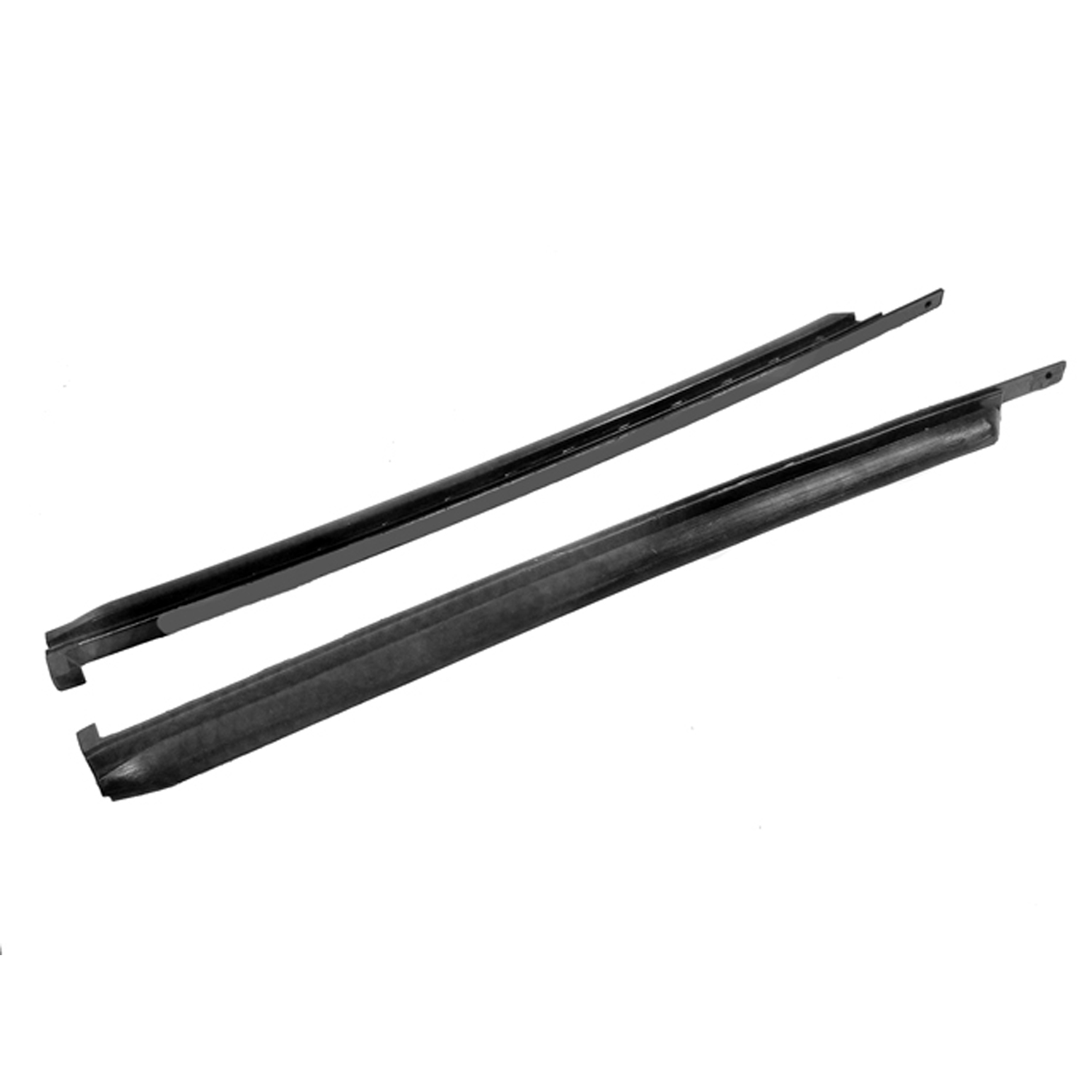 1972 Dodge Charger Rear Roll-up Seals for 2-Door Hardtop. Pair-VS 7-FRear Roll-up Seals for 2-Door Hardtop. Pair
1972 Dodge Charger Rear Roll-up Seals for 2-Door Hardtop. Pair-VS 7-FRear Roll-up Seals for 2-Door Hardtop. Pair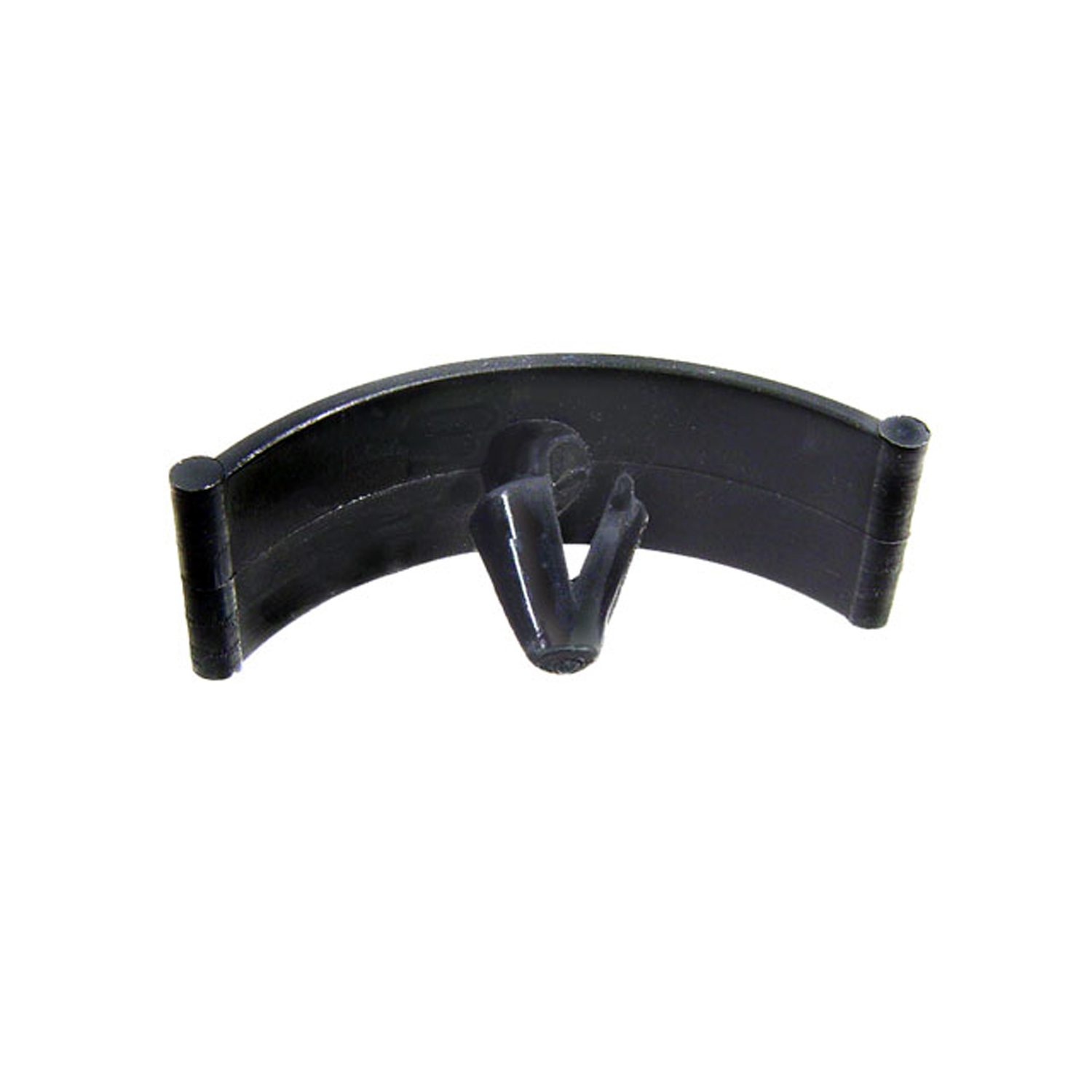 1972 Dodge Charger Hood Insulation Fastener. Nylon. 1-1/2" Long, 1/2" Wide-WF 5-AHood Insulation Fastener. Nylon. 1-1/2" Long, 1/2" Wide. Each
1972 Dodge Charger Hood Insulation Fastener. Nylon. 1-1/2" Long, 1/2" Wide-WF 5-AHood Insulation Fastener. Nylon. 1-1/2" Long, 1/2" Wide. Each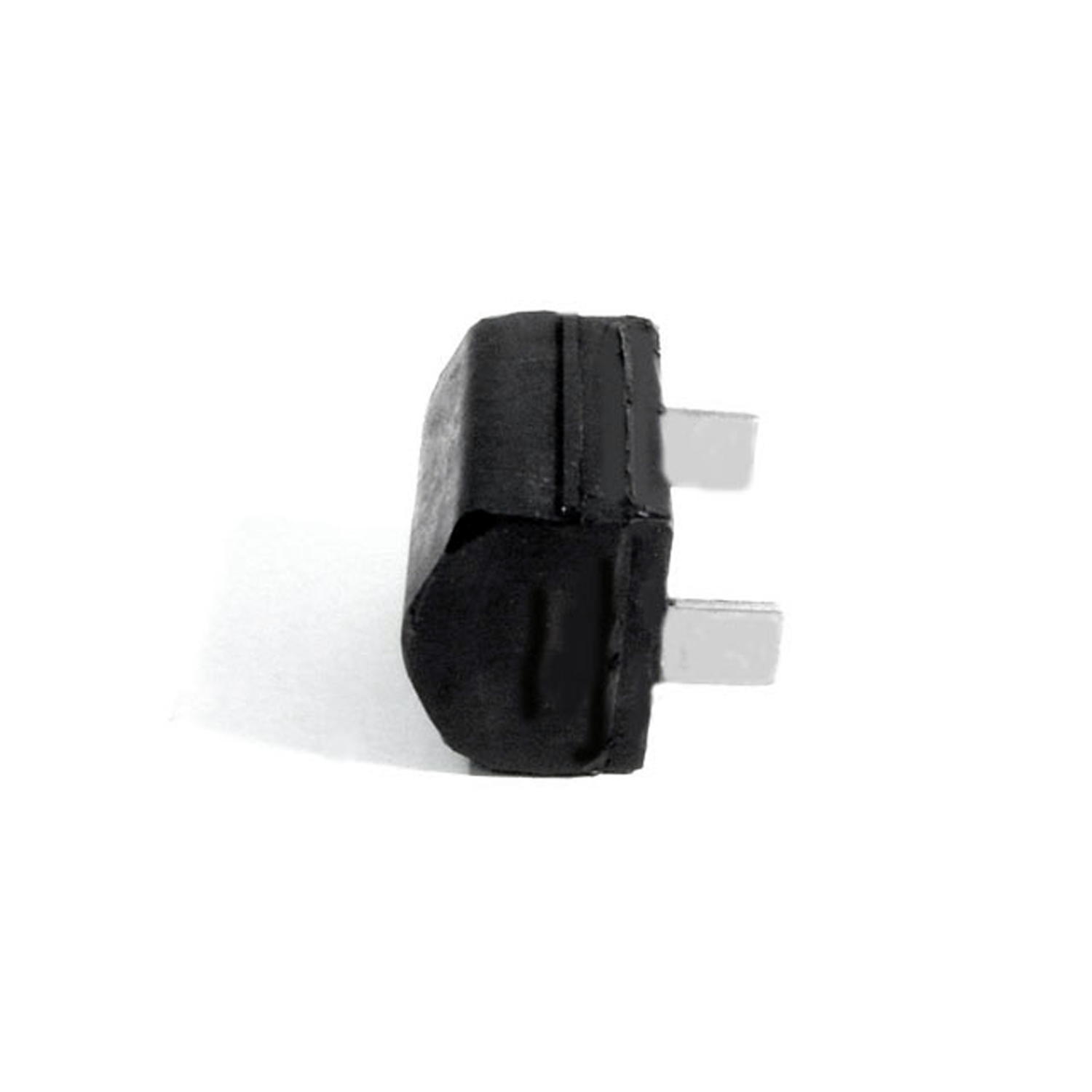 1972 Dodge Charger Rear Axle Pinion Snubber. Each-XB 80Rear Axle Pinion Snubber. Each
1972 Dodge Charger Rear Axle Pinion Snubber. Each-XB 80Rear Axle Pinion Snubber. Each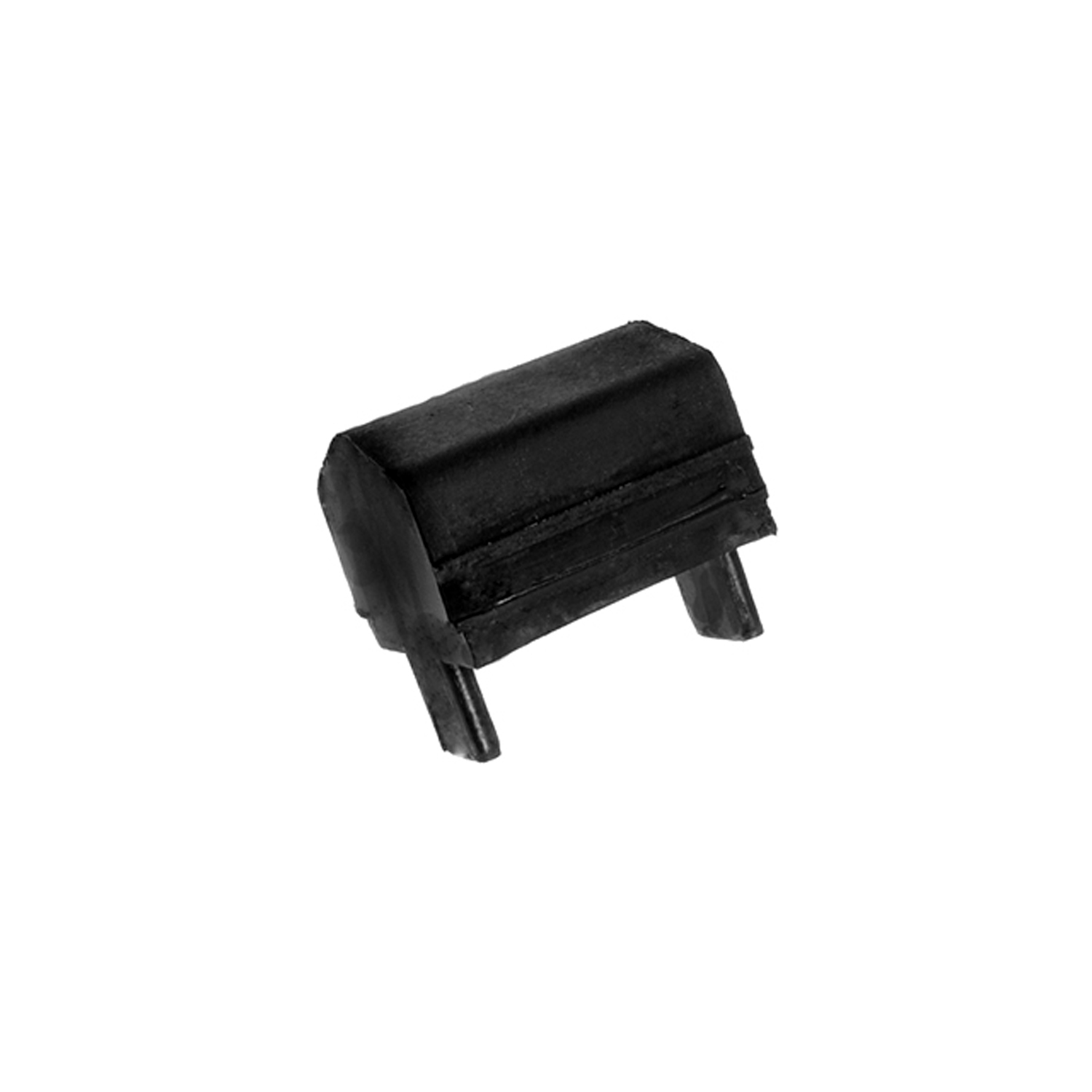 1972 Dodge Charger Rear Axle Pinion Snubber. Each-XB 80-ARear Axle Pinion Snubber. Each
1972 Dodge Charger Rear Axle Pinion Snubber. Each-XB 80-ARear Axle Pinion Snubber. EachWhy Choose Metro?
For over 100 years, Metro Moulded Parts has been the pinnacle of quality in classic car restoration parts. Our commitment to precision and authenticity in every component ensures a perfect fit and an OEM-level appearance.
- Expert Craftsmanship & Quality: Each part is a testament to our dedication to reliability and perfection, crafted from original designs and thoroughly tested.
- Advanced Technology: We use cutting-edge techniques to create flawless, long-lasting parts that surpass others in performance.
- SuperSoft Sponge – The Ultimate Door Seal: Not only are our door seals 30% softer than competitors', but they're also guaranteed to never leak. They effectively reduce wind and road noise, enhancing your classic car's comfort and driving experience.
- Proudly American: Our parts are a product of American craftsmanship, made in the USA with a spirit of excellence and heritage.
- Unrivaled Warranty: We back our products with a 30-year industry-leading warranty, a testament to our confidence in their quality.
Join us in preserving the legacy of classic cars with parts that are crafted for perfection, not just made.

